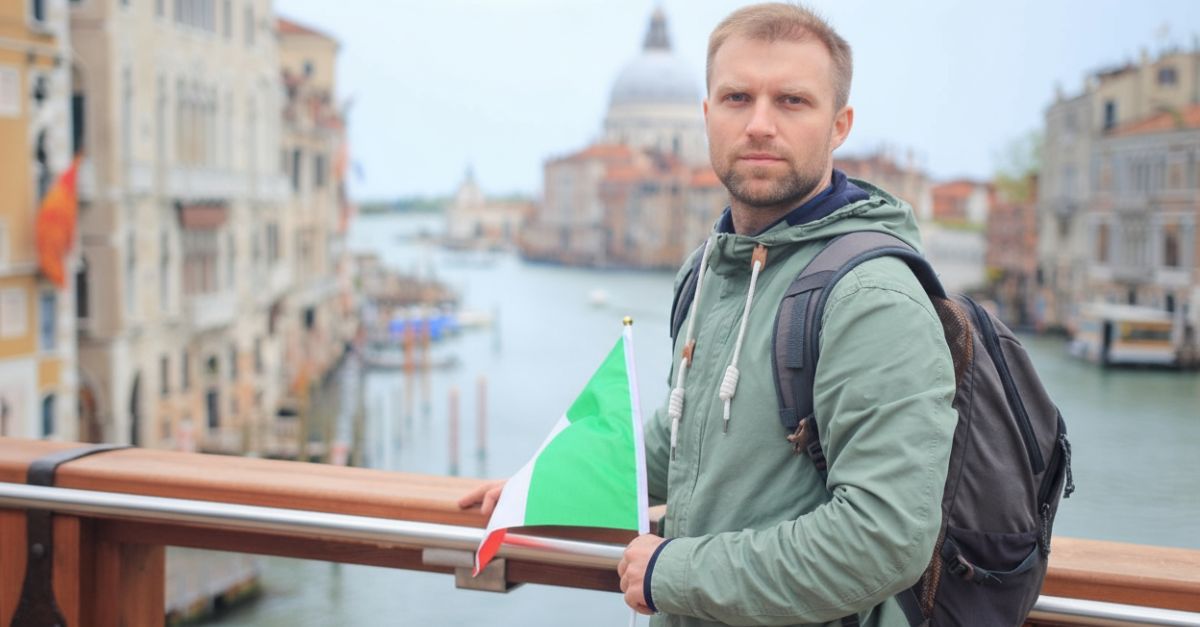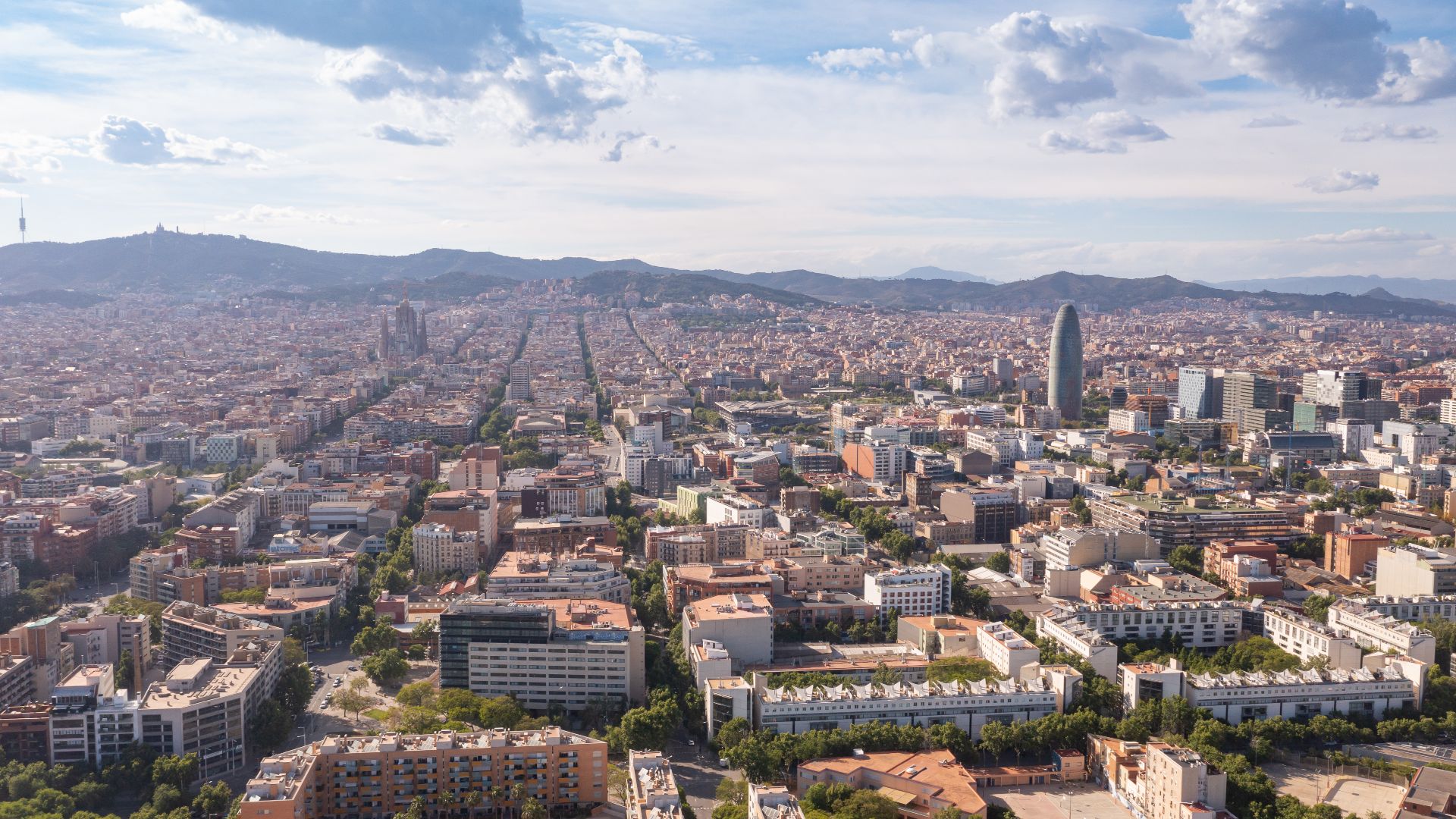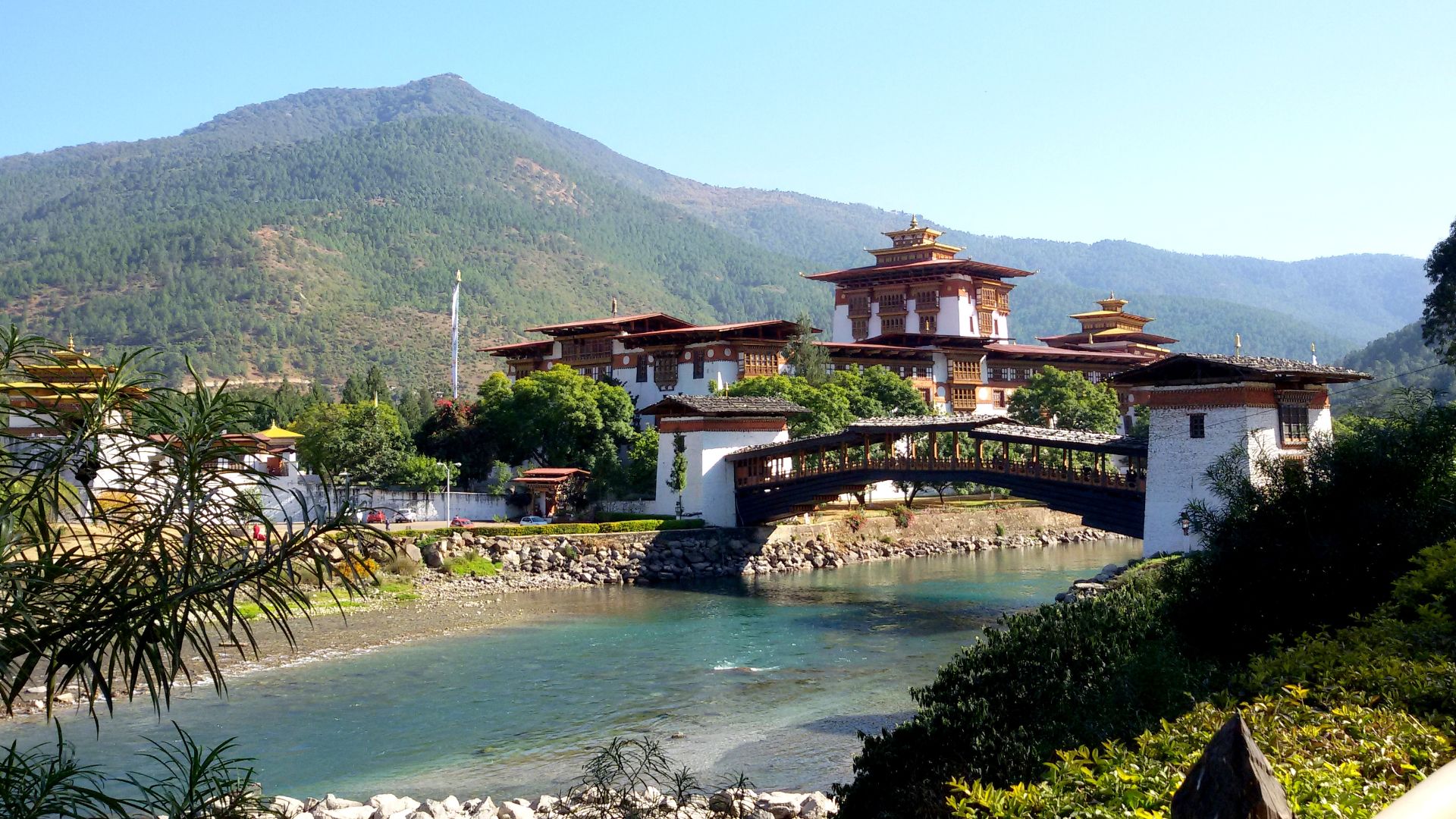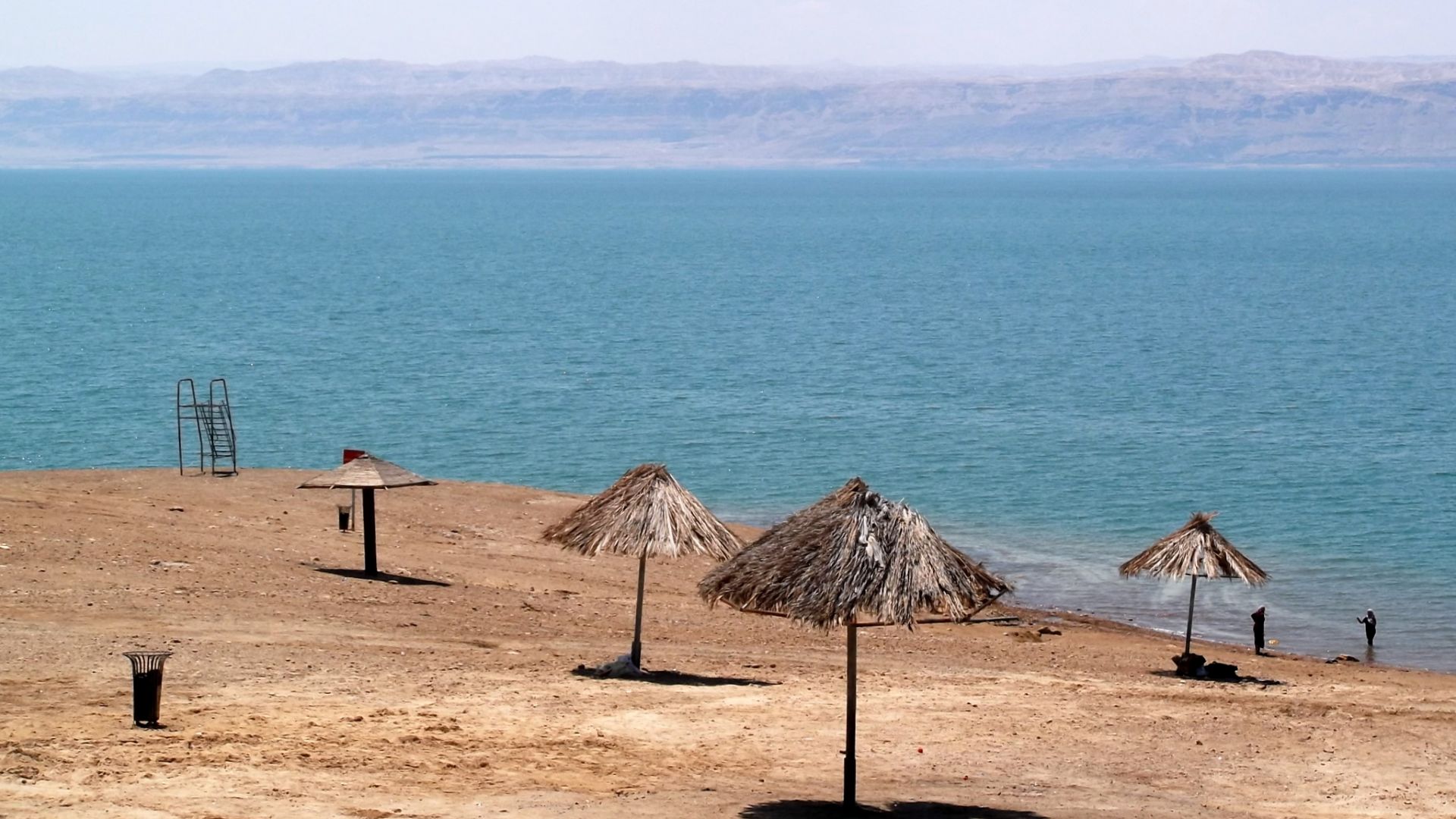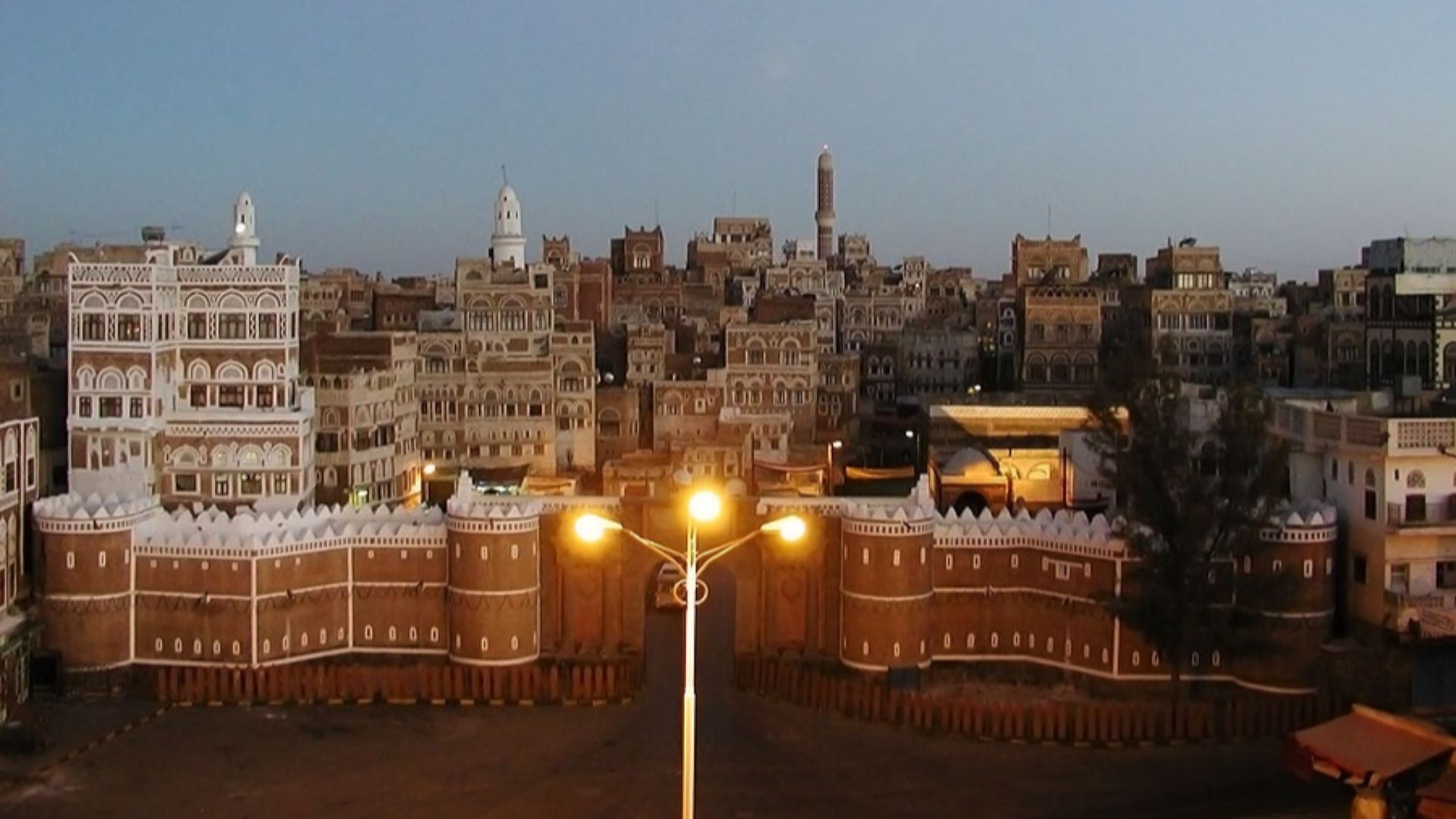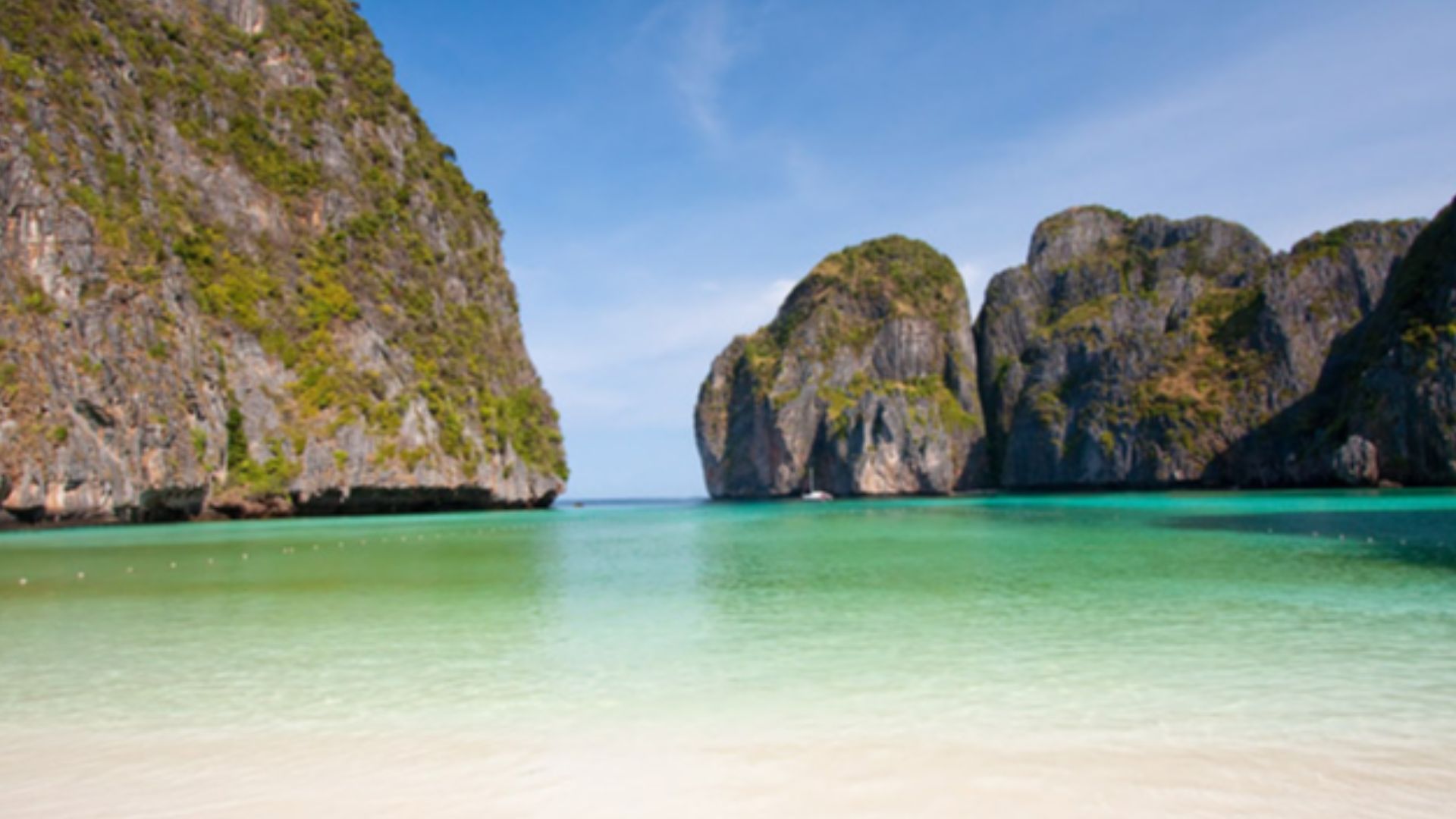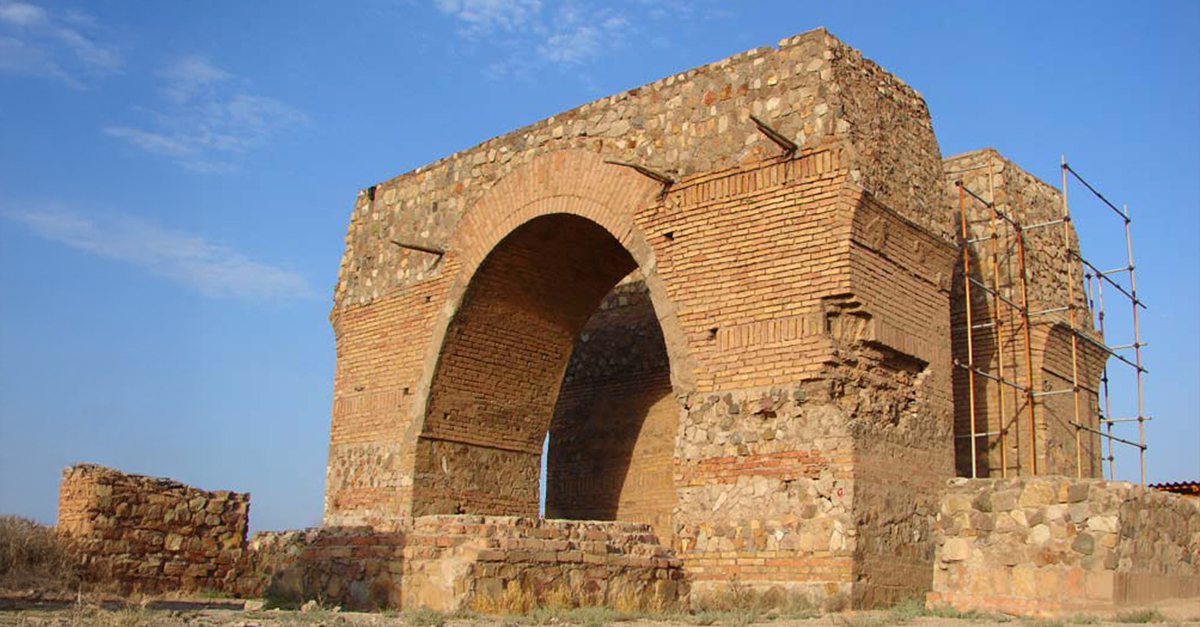Travel Turning Into Privilege
Not long ago, these places welcomed anyone with a ticket. Now, they’re drawing lines—sometimes for safety, sometimes for preservation. The open world we knew is getting a little smaller, one rule at a time.

Tonga
Tonga could soon face US travel restrictions due to questions around its passport system, which might complicate visits or transits for Tongan nationals. Meanwhile, the country’s new Tourism Roadmap for 2025–2030 focuses on sustainability and climate resilience. They aim to balance the growth of tourism with environmental protection.
 Pseudopanax at English Wikipedia, Wikimedia Commons
Pseudopanax at English Wikipedia, Wikimedia Commons
Tonga (Cont.)
Whale season in Tonga, from June through November, brings migrating giants close to shore. Watching them isn’t casual sightseeing—you’ll need a certified guide and licensed boat. If future US restrictions tighten, even reaching this remote paradise may demand extra planning.
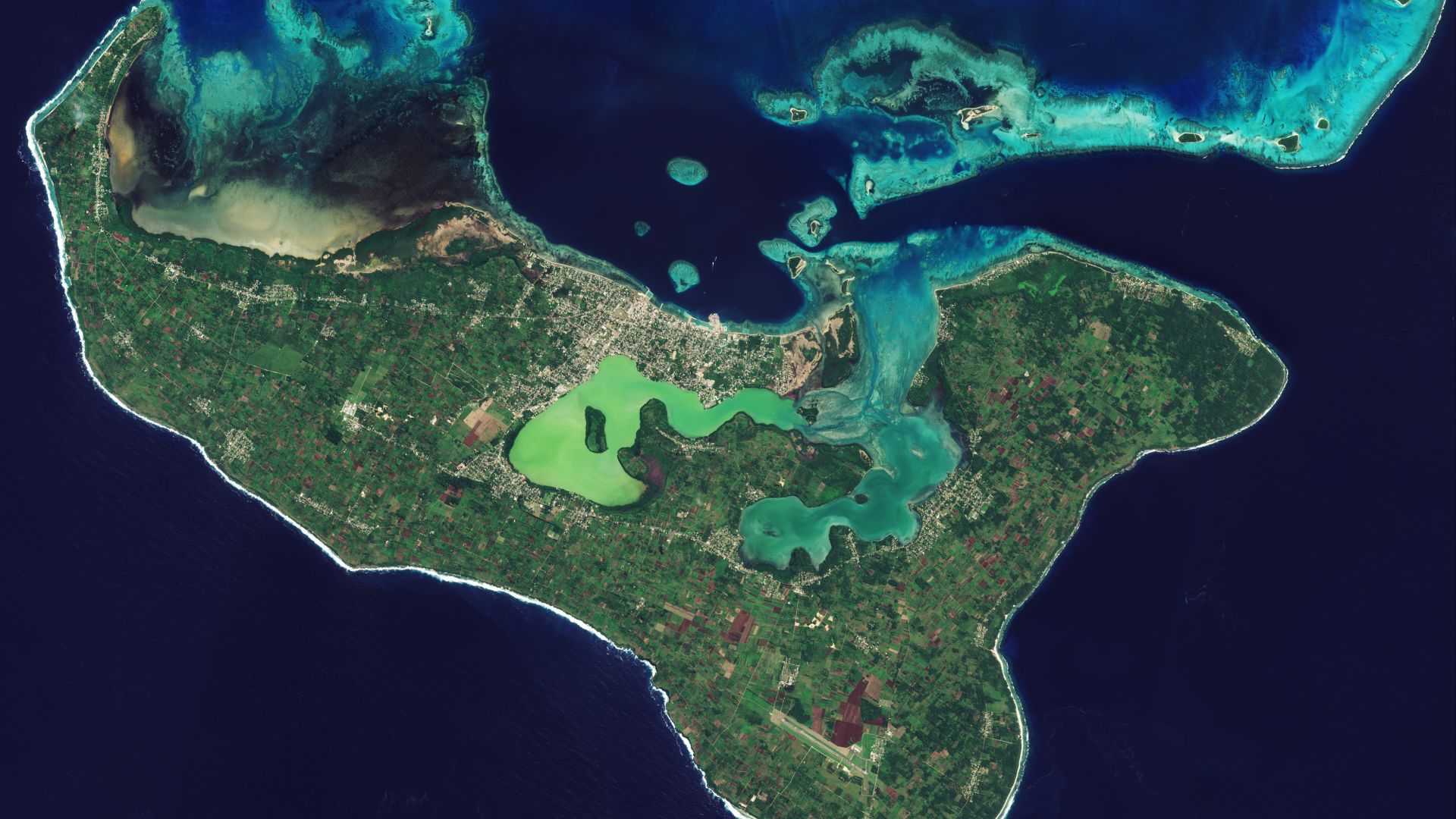 European Space Agency, Wikimedia Commons
European Space Agency, Wikimedia Commons
Venice, Italy
Spontaneous day trips to Venice are becoming a thing of the past. The city now charges a daily entry fee to manage overtourism and preserve its delicate structure. Large cruise ships have already been banned from its historic center, part of ongoing efforts to protect its fragile ecosystem.
 Alan Burnett from Huddersfield, UK, Wikimedia Commons
Alan Burnett from Huddersfield, UK, Wikimedia Commons
Venice, Italy (Cont.)
Getting lost in Venice’s narrow streets used to be romantic; now it might cost you. Visitors must book ahead or pay extra fees depending on the day. The changes aim to save the lagoon city from sinking—both literally and under the weight of endless tourism.
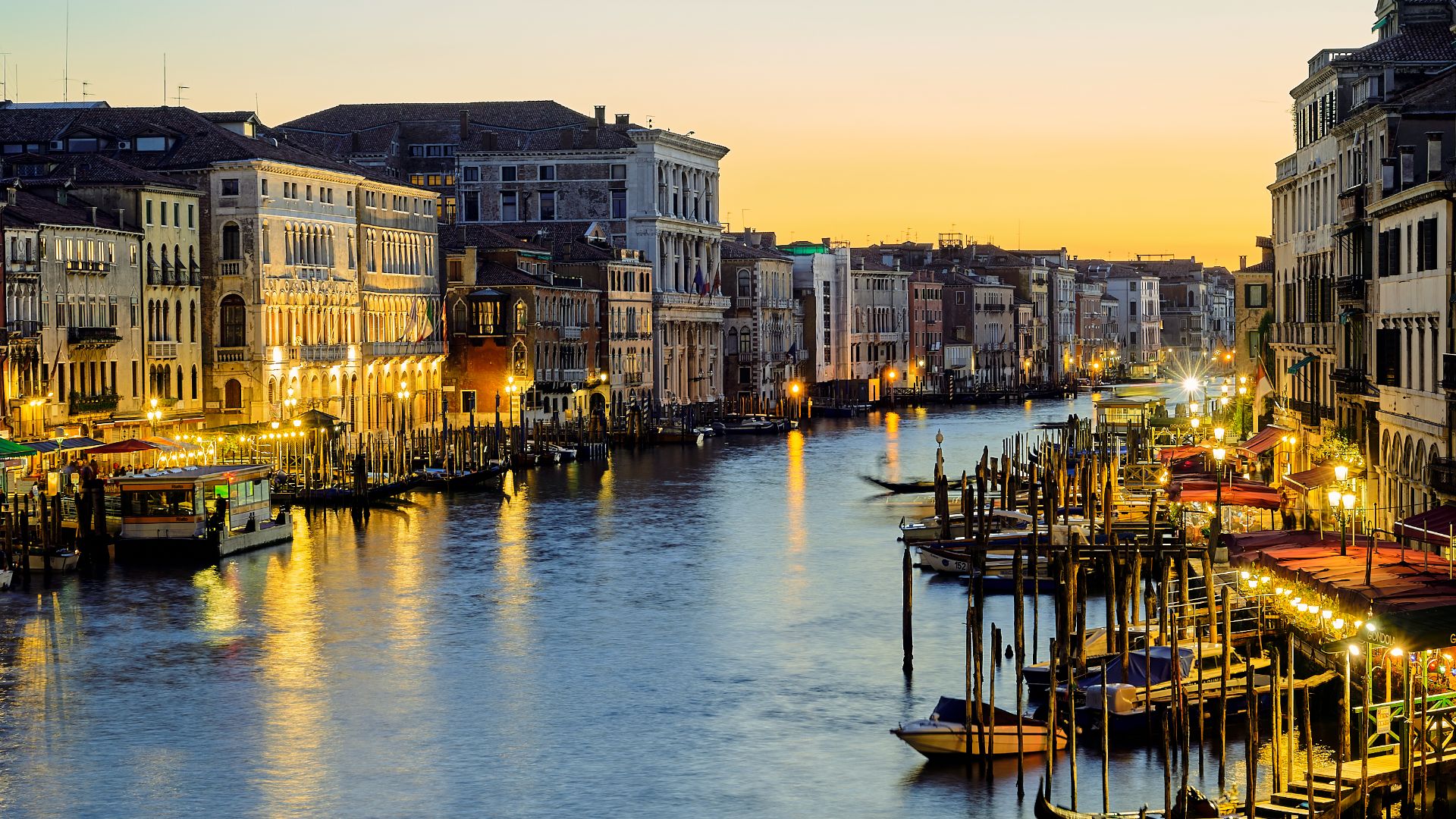 Pedro Szekely from Los Angeles, USA, Wikimedia Commons
Pedro Szekely from Los Angeles, USA, Wikimedia Commons
Barcelona, Spain
Barcelona is phasing out all short-term tourist apartment licenses by 2028. That means fewer options for travelers hoping to stay near the beach or in the Gothic Quarter. It’s part of a broader plan to manage overtourism and ease housing pressure on local residents.
Barcelona, Spain (Cont.)
Apparently, cruise ships, vacation rentals, and day-trippers have pushed Barcelona to its limits. The city is now restricting cruise arrivals and tourist lodging near major attractions. Visitors can still soak in the energy of Las Ramblas—but it may take more effort, and more euros, to do so.
 frank muller, Wikimedia Commons
frank muller, Wikimedia Commons
Kyoto, Japan
This city has begun closing off parts of its historic geisha districts and cracking down on trespassing. Their goal also extends to help stop the harassment of residents and locations to preserve culture. Signs are already up, warning visitors to respect privacy—or pay fines.
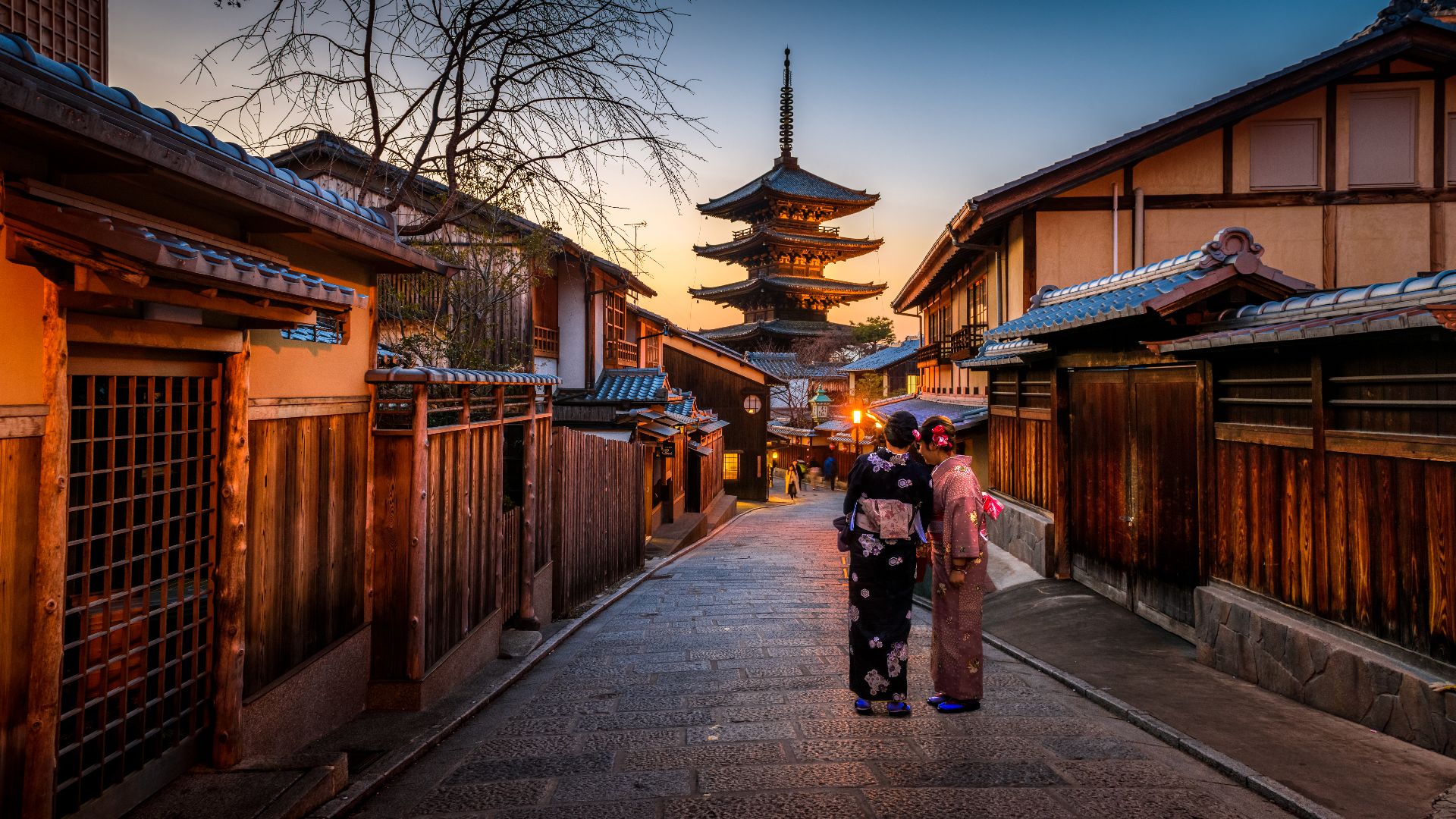 Sorasak boontohhgraphy, Wikimedia Commons
Sorasak boontohhgraphy, Wikimedia Commons
Kyoto, Japan (Cont.)
Once Japan’s imperial capital, Kyoto carries more than a millennium of history in its wooden alleys. New visitor rules, however, mean that not every corner is open for exploration. Respectful travel now matters as much as the temples and tea houses themselves.
Amsterdam, Netherlands
Amsterdam is saying no to endless expansion. New hotel projects are banned, and tourist shops in the city center are capped. Officials are even limiting cannabis tourism, proposing that some coffee shops cater only to residents. It’s all part of a mission to bring balance back to daily life.
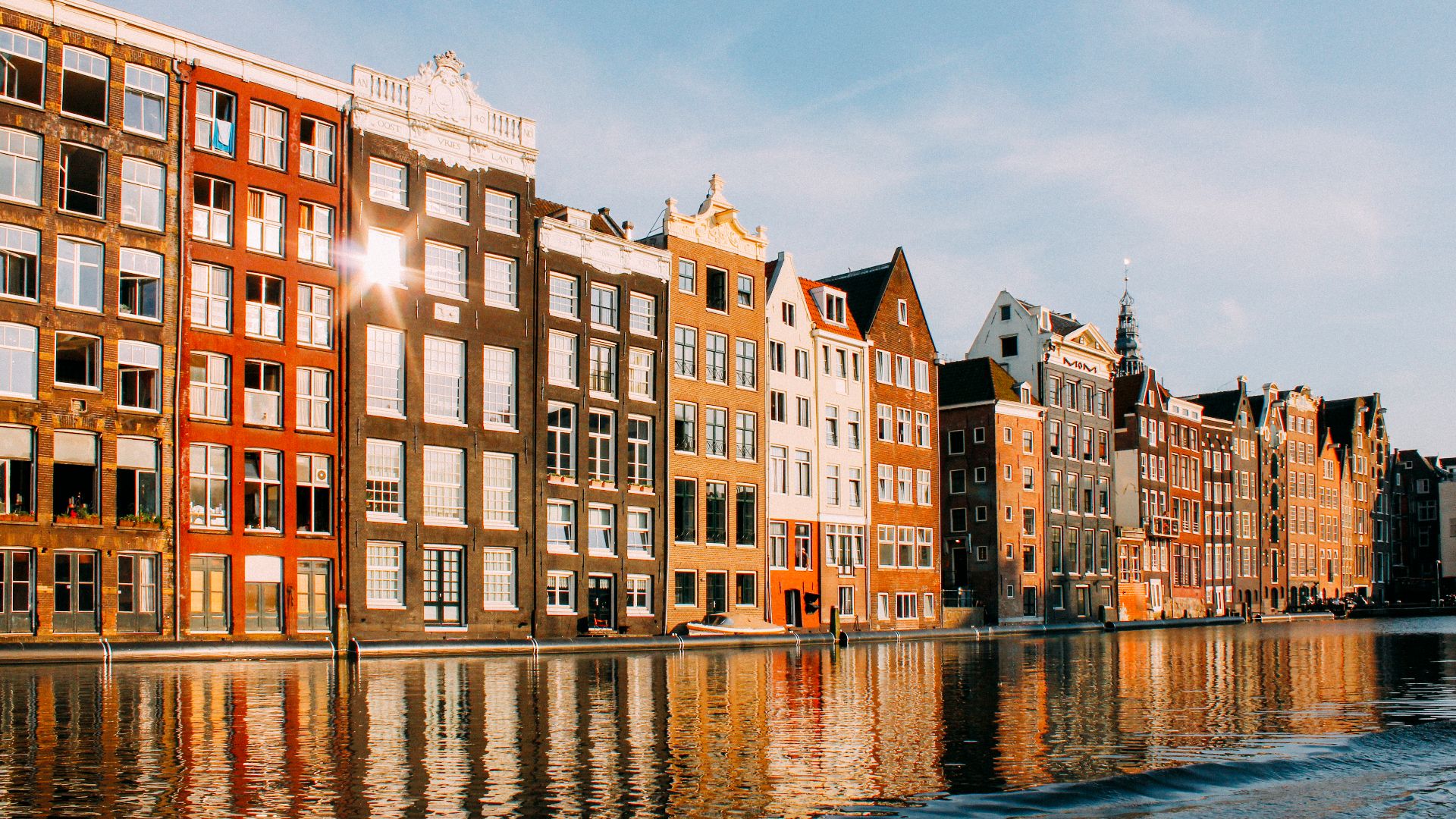 Javier M. jmelpri, Wikimedia Commons
Javier M. jmelpri, Wikimedia Commons
Amsterdam, Netherlands (Cont.)
The city that once invited free-spirited travelers is tightening its reins. Short-term rentals face limits, guided tours through the Red Light District are banned, and crowd control is the new norm. Visiting Amsterdam may soon take more planning—and a little less spontaneity.
 Milad Alizadeh mastodonic, Wikimedia Commons
Milad Alizadeh mastodonic, Wikimedia Commons
Kiribati
The Kiribati city’s remoteness is part of its magic, but it’s also its greatest threat. Rising sea levels and climate change are eating away at infrastructure, and this may force new travel limits. They are also relocation plans already in place that could one day make tourism here nearly impossible.
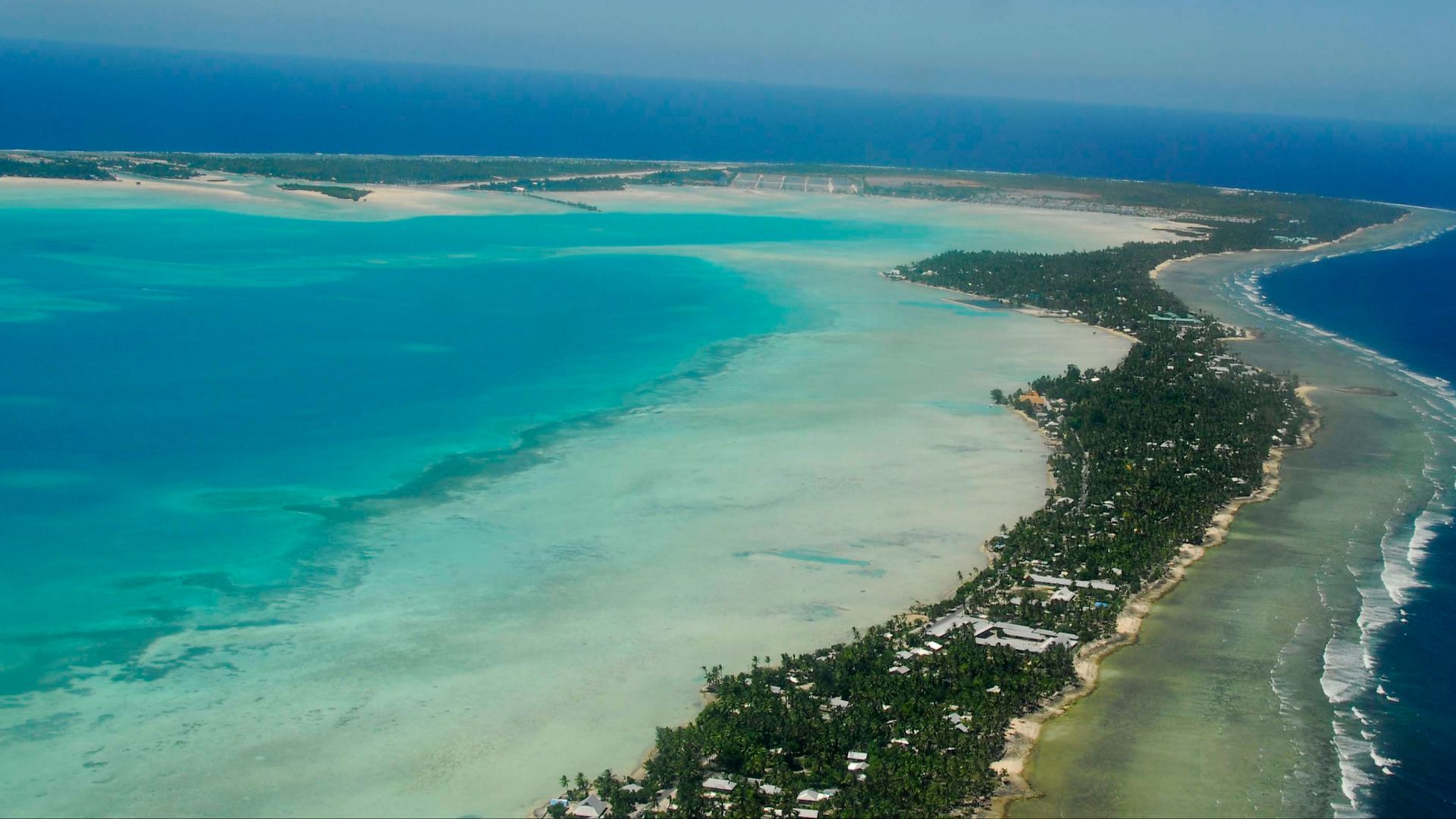 Photo taken by Government of Kiribati employee in the course of their work, Wikimedia Commons
Photo taken by Government of Kiribati employee in the course of their work, Wikimedia Commons
Kiribati (Cont.)
But guess what, that limited accessibility is already here because getting there isn’t simple even now. Limited international flights and strict border rules mean only a handful of visitors enter each year. The islands still welcome travelers—but tides and climate pressures are slowly rewriting that invitation.
 Vladimir Lysenko (I.), Wikimedia Commons
Vladimir Lysenko (I.), Wikimedia Commons
Bhutan
Visiting Bhutan isn’t like booking a quick getaway. The country requires tourists (except a few neighbors) to pay a daily Sustainable Development Fee, and all visits must go through licensed tour operators. The high cost helps protect culture and nature, not discourage visitors.
Bhutan (Cont.)
High in the Himalayas, Bhutan guards its serenity with strict limits. Independent travel isn’t allowed, and every itinerary is approved in advance. Still, many say the quiet monasteries and the climb to Tiger’s Nest make the process entirely worth it.
Edinburgh, Scotland
Edinburgh’s charm hasn’t faded, but finding a place to stay might get harder. The city is cracking down on short-term rentals and planning a tourist tax to curb overtourism. Festivals will continue—just with fewer affordable rooms nearby.
 Andrew Colin, Wikimedia Commons
Andrew Colin, Wikimedia Commons
Edinburgh, Scotland (Cont.)
The old stone streets still hum during August, yet local leaders are drawing boundaries. New rental restrictions and possible tourist taxes aim to protect housing for residents. Visitors may soon need to plan months ahead to join the celebrations.
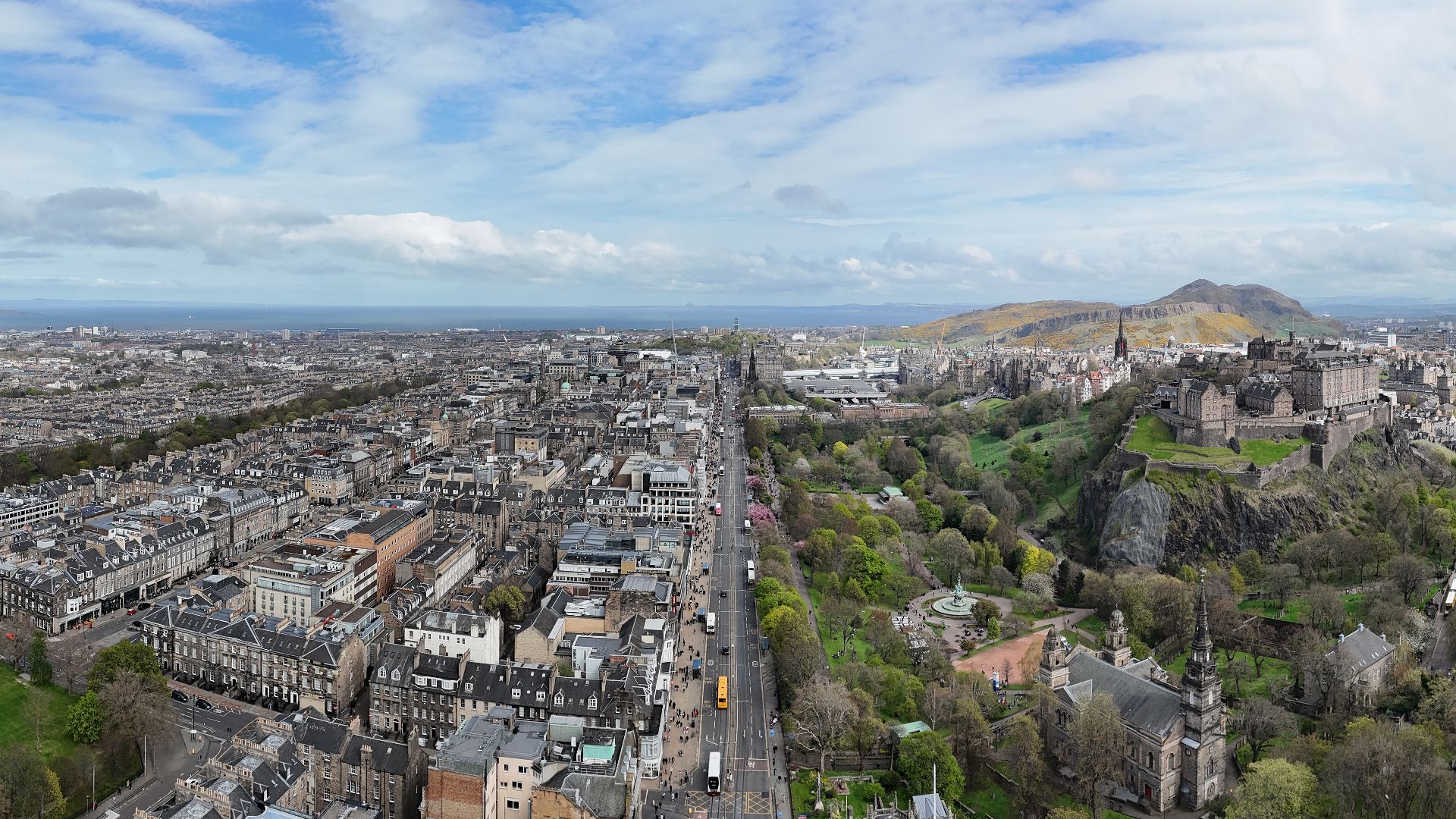 The waters of the Ruili River, Wikimedia Commons
The waters of the Ruili River, Wikimedia Commons
Machu Picchu, Peru
Peru’s Inca citadel is for sure stunning, but it is now strictly scheduled. Visitors must book timed-entry tickets and follow set walking circuits. Daily visitor caps are in place to protect fragile stonework and reduce crowding in the narrow mountain paths.
 Pedro Szekely at https://www.flickr.com/photos/pedrosz/, Wikimedia Commons
Pedro Szekely at https://www.flickr.com/photos/pedrosz/, Wikimedia Commons
Machu Picchu, Peru (Cont.)
Ever since Hiram Bingham brought it to world attention in 1911, Machu Picchu has faced the burden of fame. Today, you can still feel its mystique—but only for a few carefully timed hours, surrounded by silence, fog, and watchful guards.
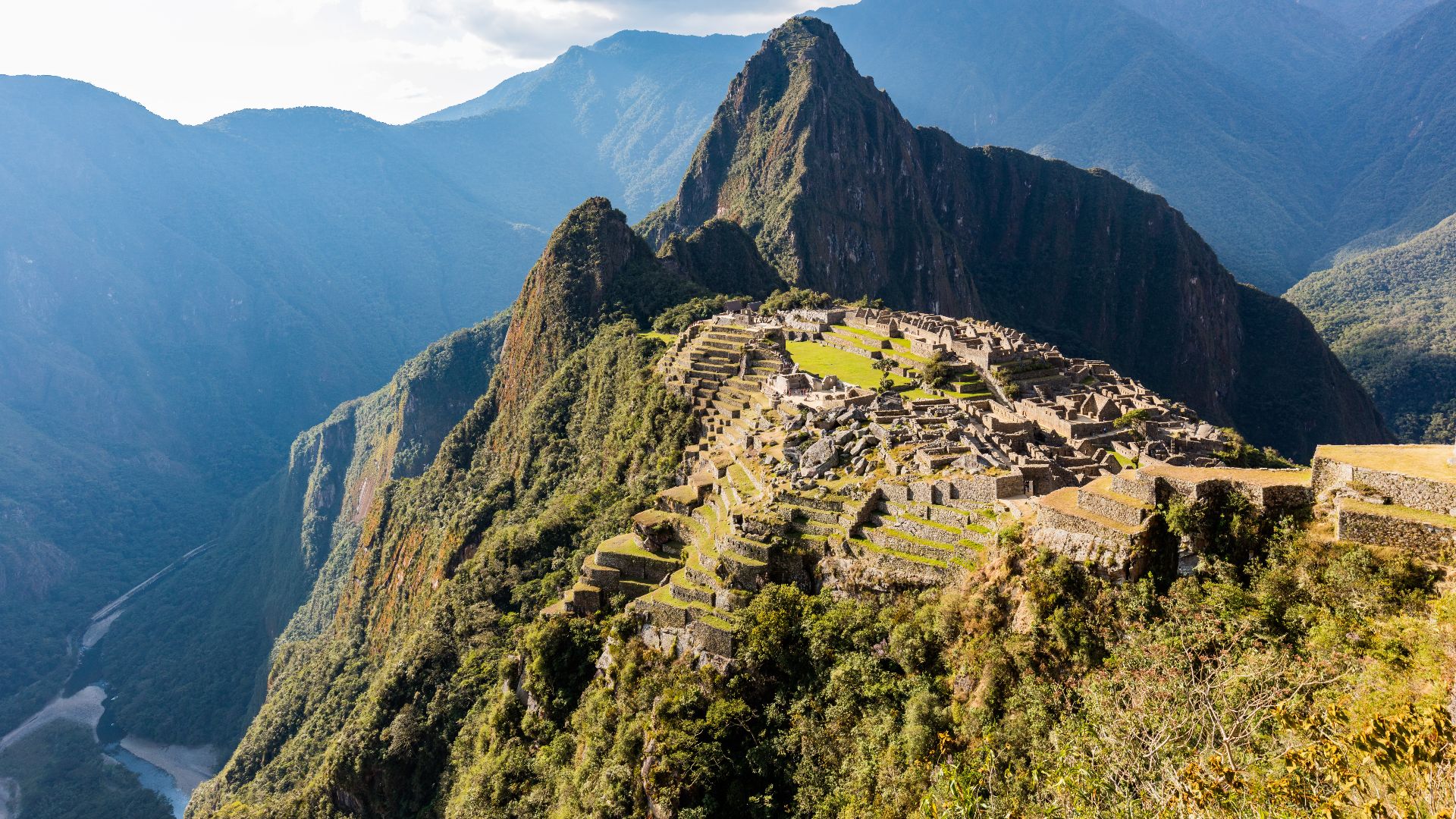 Diego Delso, Wikimedia Commons
Diego Delso, Wikimedia Commons
Athens, Greece
Athens isn’t closing its gates. However, it is raising prices. Starting in 2025, entry fees at major archaeological sites—including the Acropolis—will increase to fund preservation. The goal is to manage crowds and protect centuries-old stones from modern-day wear.
Athens, Greece (Cont.)
The Parthenon still glows under the Aegean sun, but fewer may climb its steps soon. These possible visitor limits hint at a quieter Acropolis—one where history breathes a little more easily, and tourists pay a little more to witness it.
Maldives
The Maldives is limiting access to protect what makes it famous—its coral reefs and turquoise lagoons. New restrictions on guesthouse development and resort expansion aim to preserve fragile marine life, meaning fewer new stays in paradise.
 Dr. Ondrej Havelka (cestovatel), Wikimedia Commons
Dr. Ondrej Havelka (cestovatel), Wikimedia Commons
Maldives (Cont.)
These islands rise barely five feet above sea level, and this makes them the world’s lowest-lying nation. Climate change is shrinking its beaches and threatening tourism. Visiting remains possible; however, that window to experience it comfortably might be narrowing faster than anyone hoped.
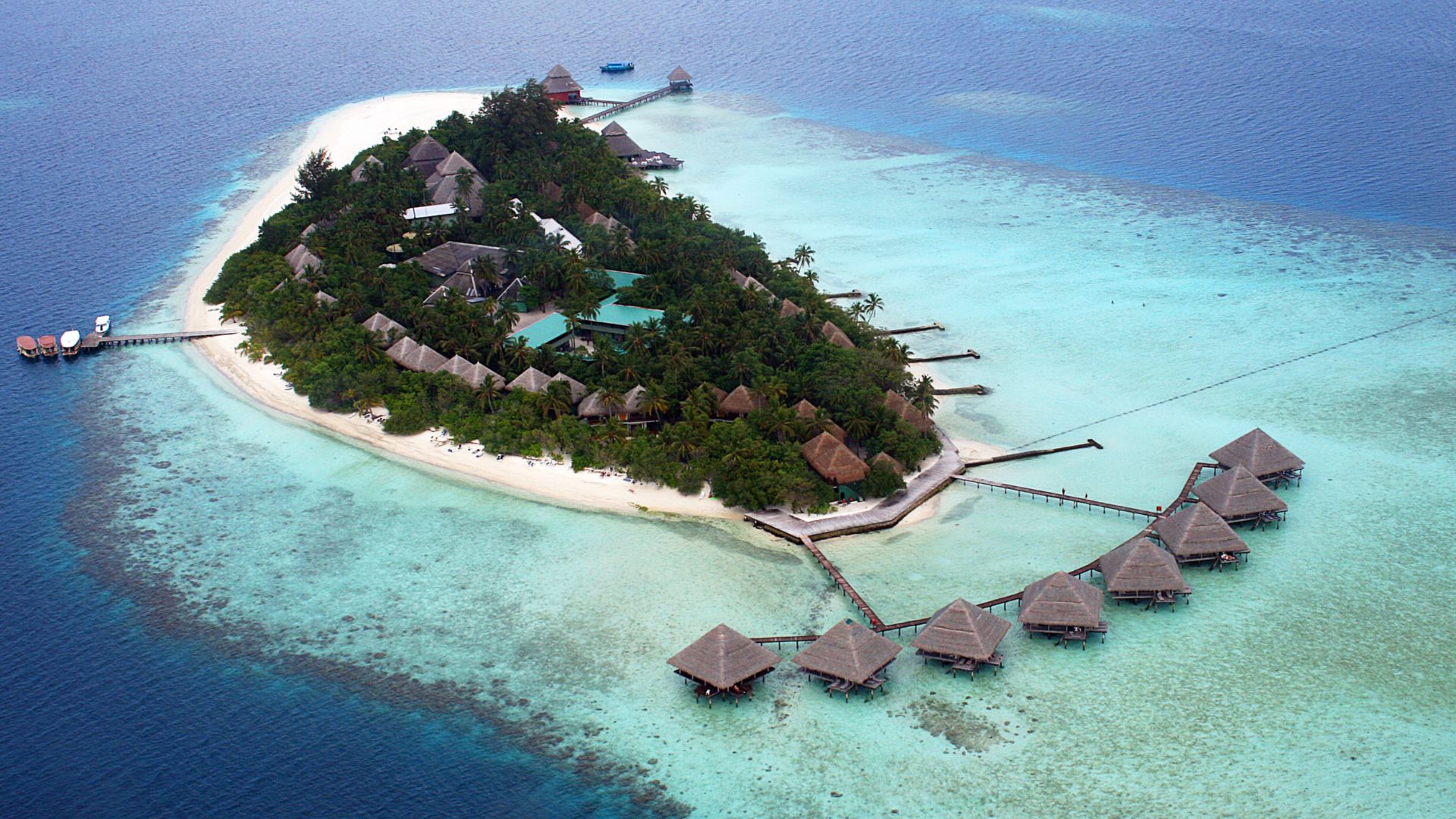 Dr. Ondrej Havelka (cestovatel), Wikimedia Commons
Dr. Ondrej Havelka (cestovatel), Wikimedia Commons
Nepal
Solo trekkers now face tougher rules in Nepal’s popular regions. Higher permit fees and safety requirements are slowly fading independent climbs. The goal? To reduce accidents and protect fragile trails from overtourism.
Nepal (Cont.)
Hiking beneath the Himalayas once felt like pure freedom. Now, some routes require licensed guides. Oh, and don't forget the special permits. You can still trace the path to Everest Base Camp, but planning and paperwork are now part of the journey.
The Dead Sea
Here is a destination that’s literally vanishing. Dropping nearly a meter a year, it’s forcing nearby resorts and beaches to close as sinkholes appear along the shoreline. Fewer access points are making the world’s saltiest lake harder to reach.
The Dead Sea (Cont.)
Floating here still feels surreal—the water’s 34% salinity makes you buoyant like nowhere else. But as its shoreline recedes and infrastructure crumbles, travelers may soon find this iconic dip more of a challenge than a casual stopover.
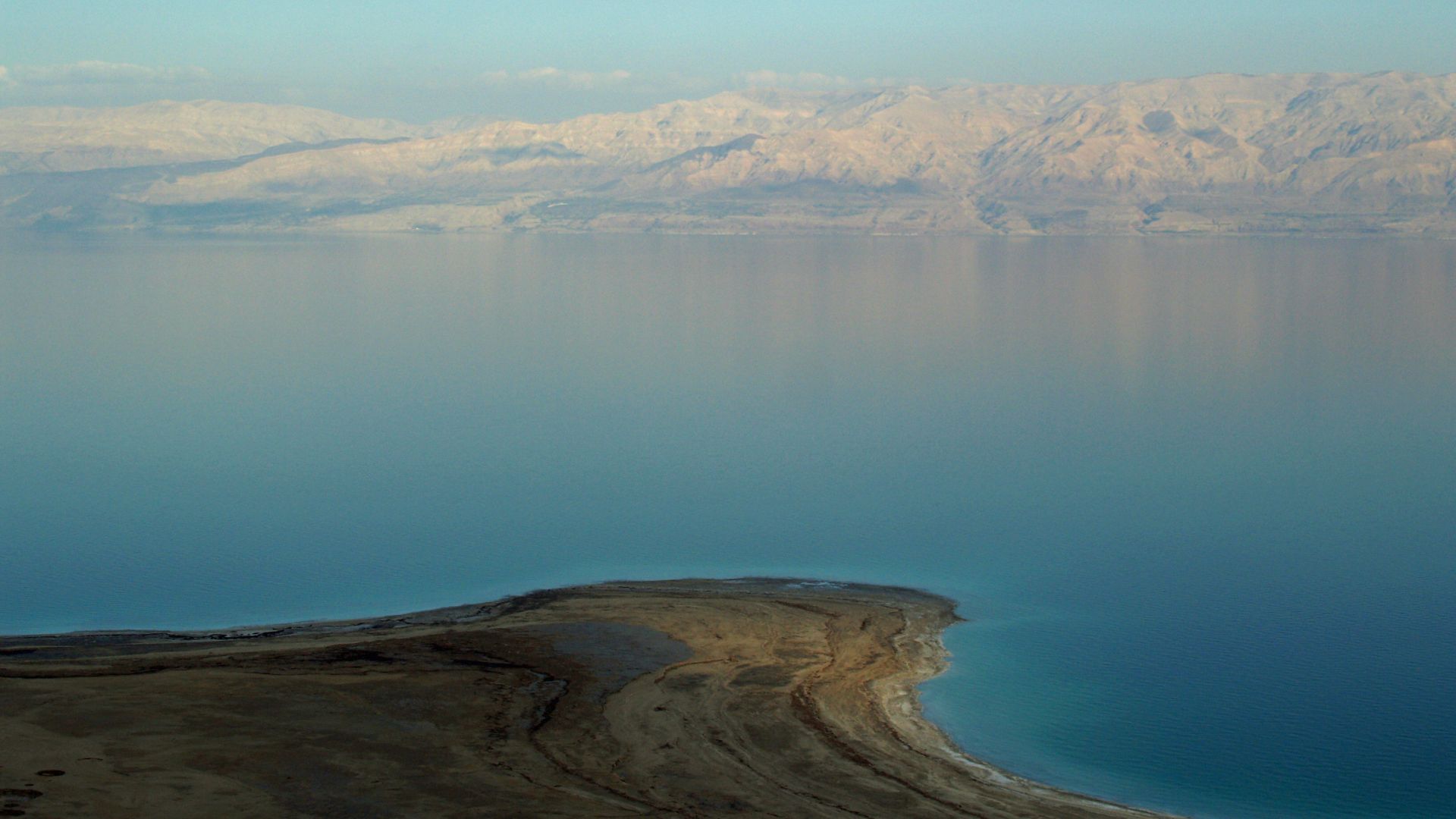 David Shankbone, Wikimedia Commons
David Shankbone, Wikimedia Commons
Yemen
Traveling to Yemen has become a mission impossible day after day. Years of armed conflict and instability have left much of the country off-limits, with most governments advising against any visits. Even securing a visa is now a hustle for foreign tourists.
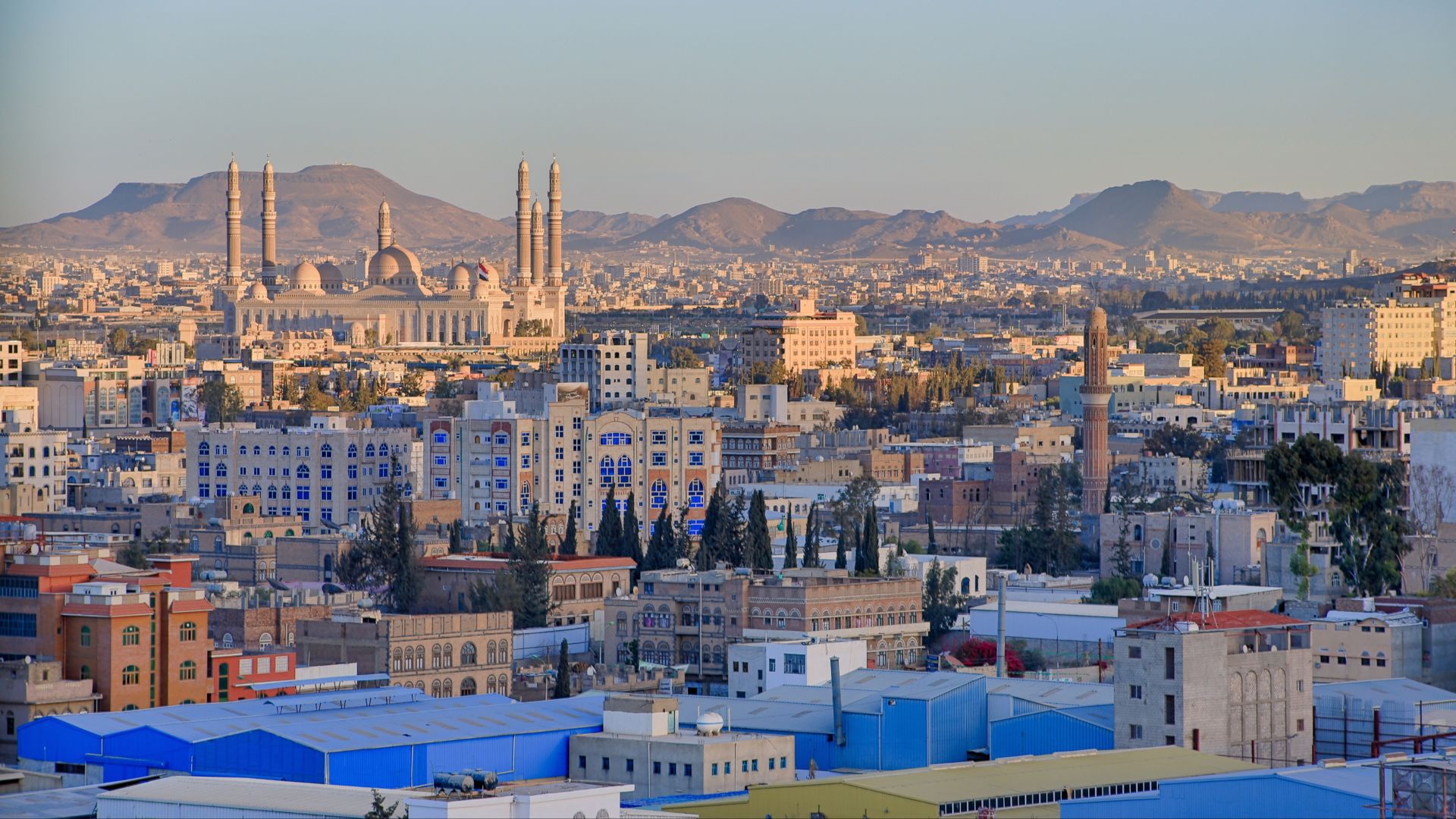 Photographer Anas Al-Haj, Wikimedia Commons
Photographer Anas Al-Haj, Wikimedia Commons
Yemen (Cont.)
Socotra, once Yemen’s prized island for rare dragon’s blood trees, remains unreachable for most. Strict travel bans are the first reason. The second reason is the ongoing conflict. This means its otherworldly scapes are more seen in photos than in person these days.
Ukraine
Ukraine’s borders tell the story of a nation under siege. Ongoing conflict and heavy military presence have shut down most tourism. Entire regions are off-limits, and even domestic travel is subject to curfews and checkpoints.
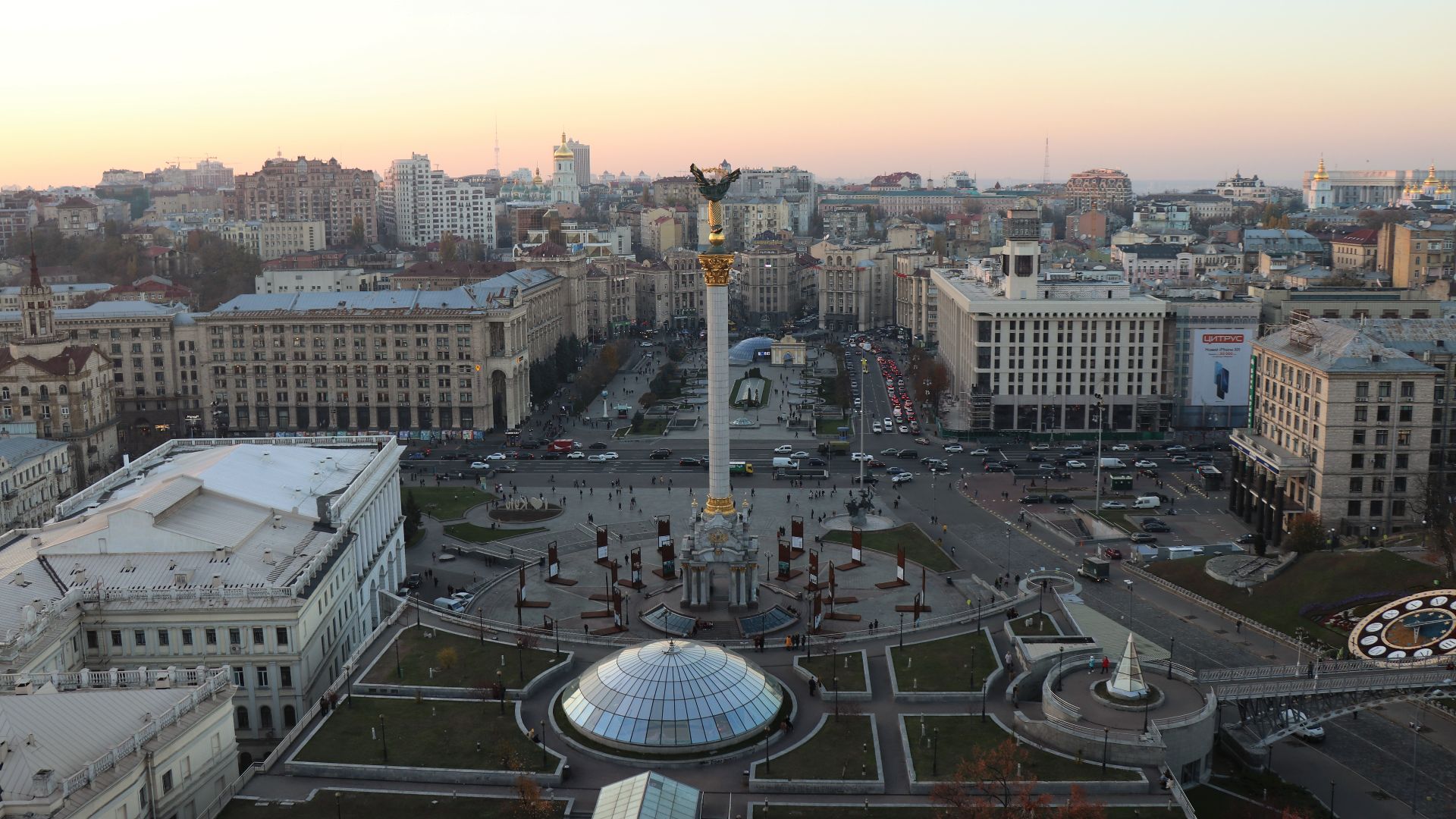 Juan Antonio Segal, Wikimedia Commons
Juan Antonio Segal, Wikimedia Commons
Ukraine (Cont.)
Before the invasion, Kyiv’s golden domes and Lviv’s cobblestone charm drew crowds year-round. Now, only essential visitors can enter. Tourism hasn’t disappeared—it’s just paused, waiting for safer days to return.
Myanmar
Tourist visas are being reissued after a brief suspension in April 2025 following the earthquake. Flights, however, remain limited, and the country’s political turmoil still makes routine travel difficult. Recent US sanctions and travel restrictions add another layer of complications for anyone considering a visit.
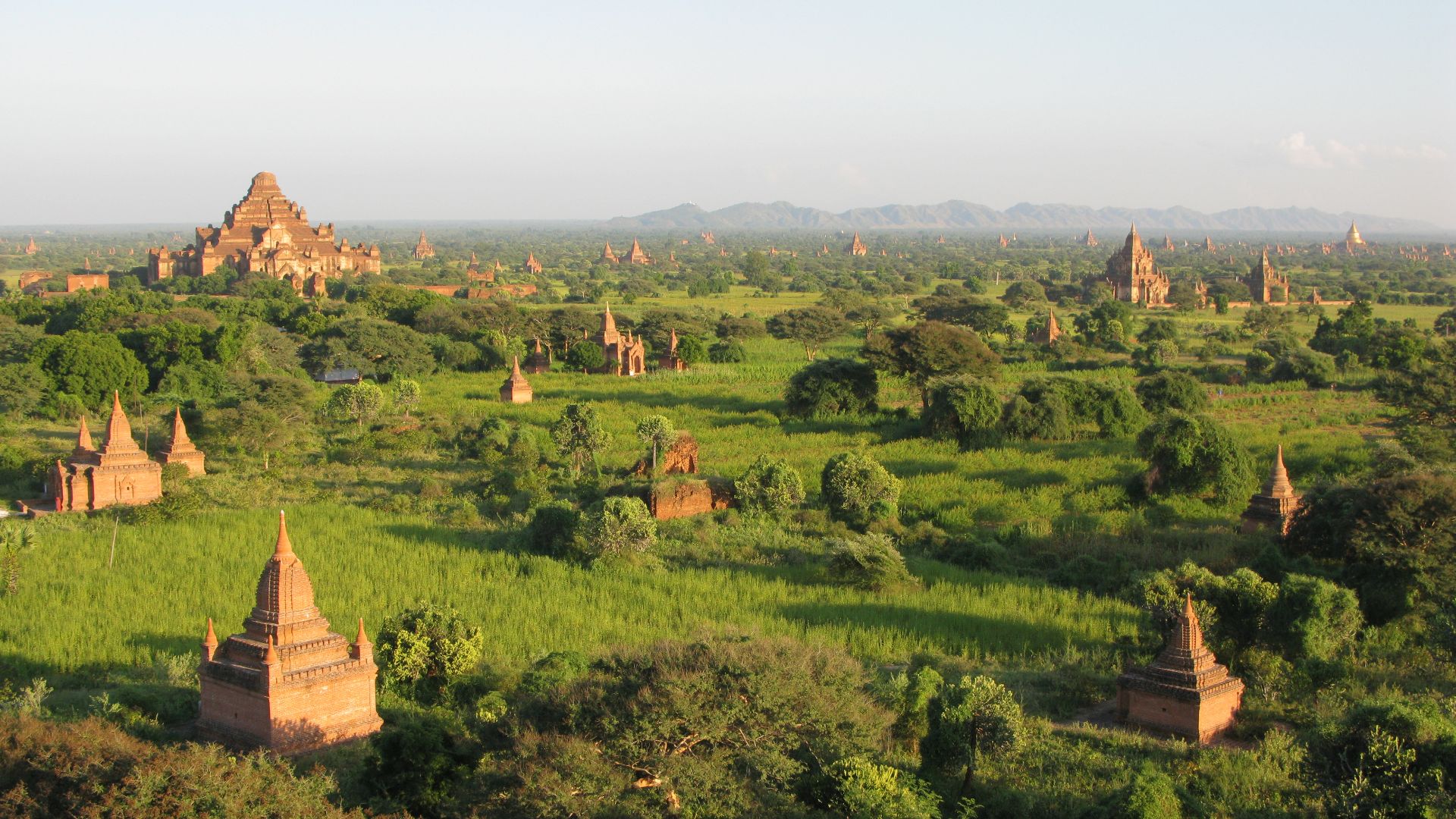 Vyacheslav Argenberg, Wikimedia Commons
Vyacheslav Argenberg, Wikimedia Commons
Myanmar (Cont.)
It’s hard to imagine a land of thousands of ancient temples sitting empty. In Bagan, golden spires rise over quiet plains where tourists once gathered for sunrise. For now, its beauty endures behind closed borders.
Great Barrier Reef, Australia
Australia’s most famous natural wonder is tightening visitor limits. New restrictions on snorkeling zones (and dive tours) aim to protect the coral from further bleaching. Certain areas are now completely off-limits to tourists for conservation.
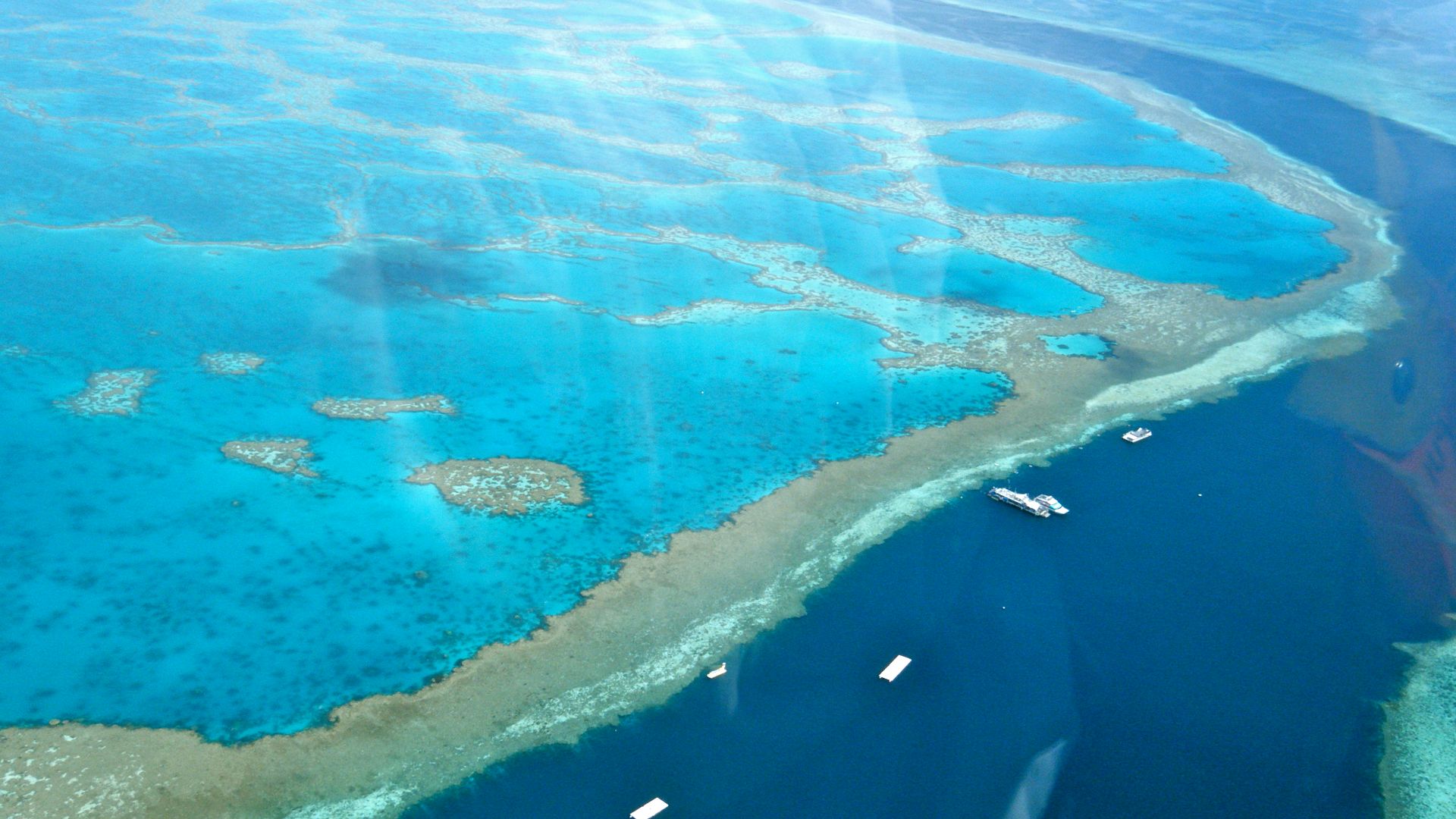 Sarah_Ackerman, Wikimedia Commons
Sarah_Ackerman, Wikimedia Commons
Great Barrier Reef, Australia (Cont.)
Stretching over 1,400 miles, it’s so massive you can see it from space. Yet beneath the waves, damage from rising temperatures is visible everywhere. Even though you can still visit, expect tighter oversight. Also, be ready for fewer open reef sites.
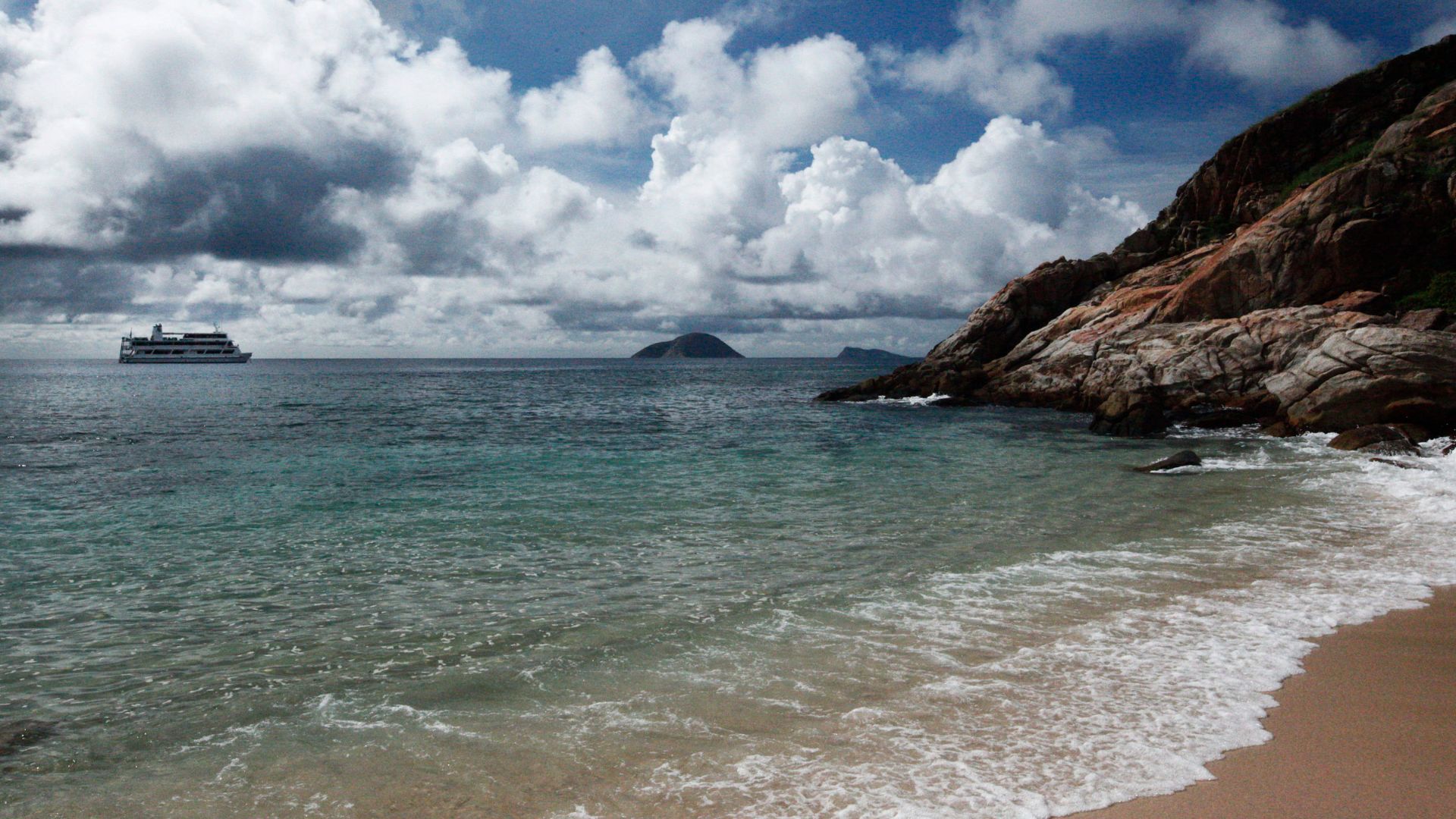 Steve Evans from Citizen of the World, Wikimedia Commons
Steve Evans from Citizen of the World, Wikimedia Commons
The Arctic
Cruise ships won’t have the same freedom to roam the Arctic much longer. Stricter environmental rules now require special permits for certain routes, designed to protect ice ecosystems already stressed by climate change and increased tourism.
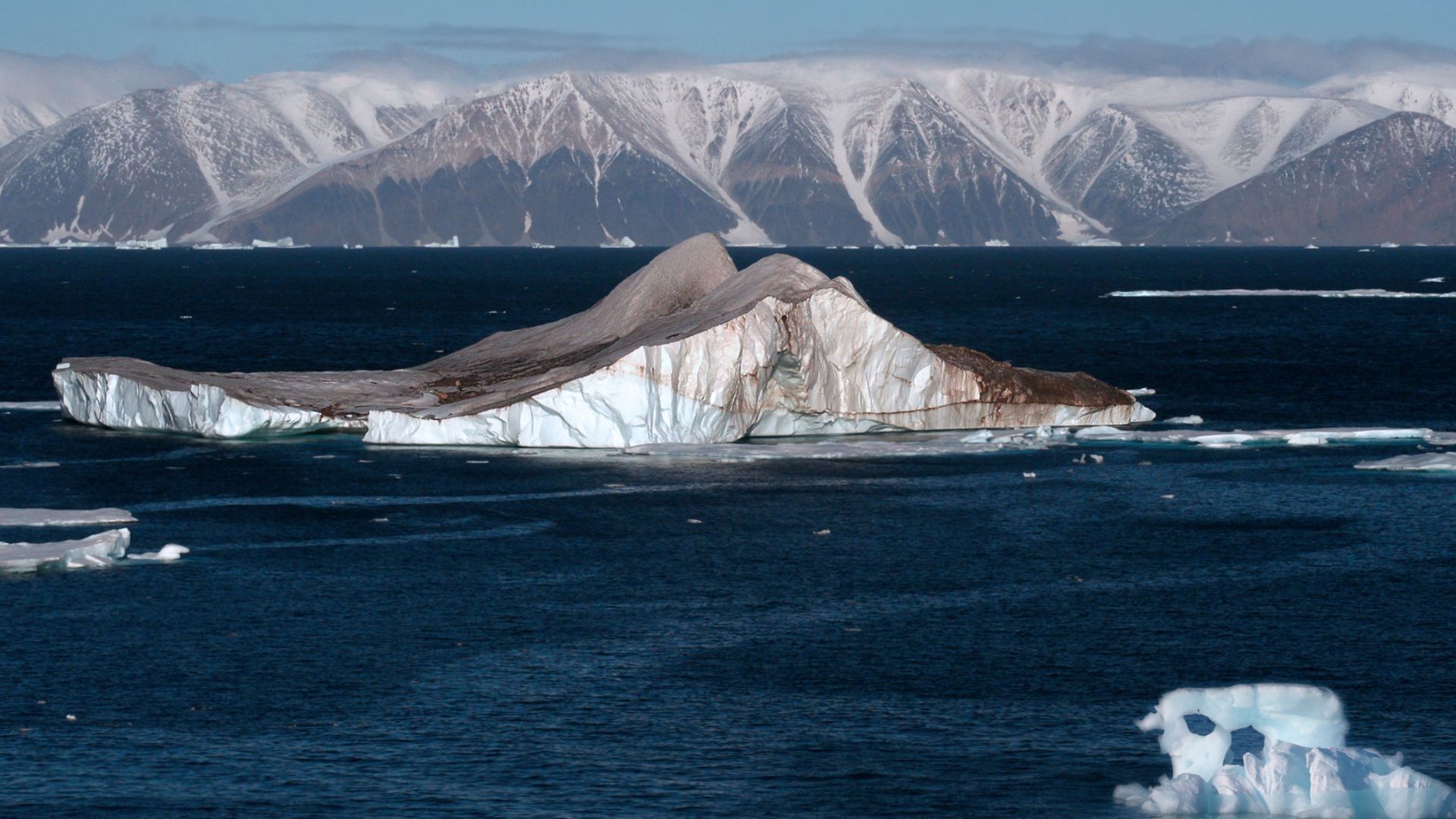 Brocken Inaglory., Wikimedia Commons
Brocken Inaglory., Wikimedia Commons
The Arctic (Cont.)
Here, summer sunlight lasts 24 hours, and in winter, darkness never lifts. Narwhals and polar bears still thrive—but only in regions with limited human contact. Reaching them may soon require paperwork and a smaller ship.
Antarctica
Not just anyone can step on the world’s southernmost continent anymore. Only vessels carrying fewer than 500 passengers are allowed to land, and visitor numbers are capped each season. These rules exist to keep the icy wilderness untouched.
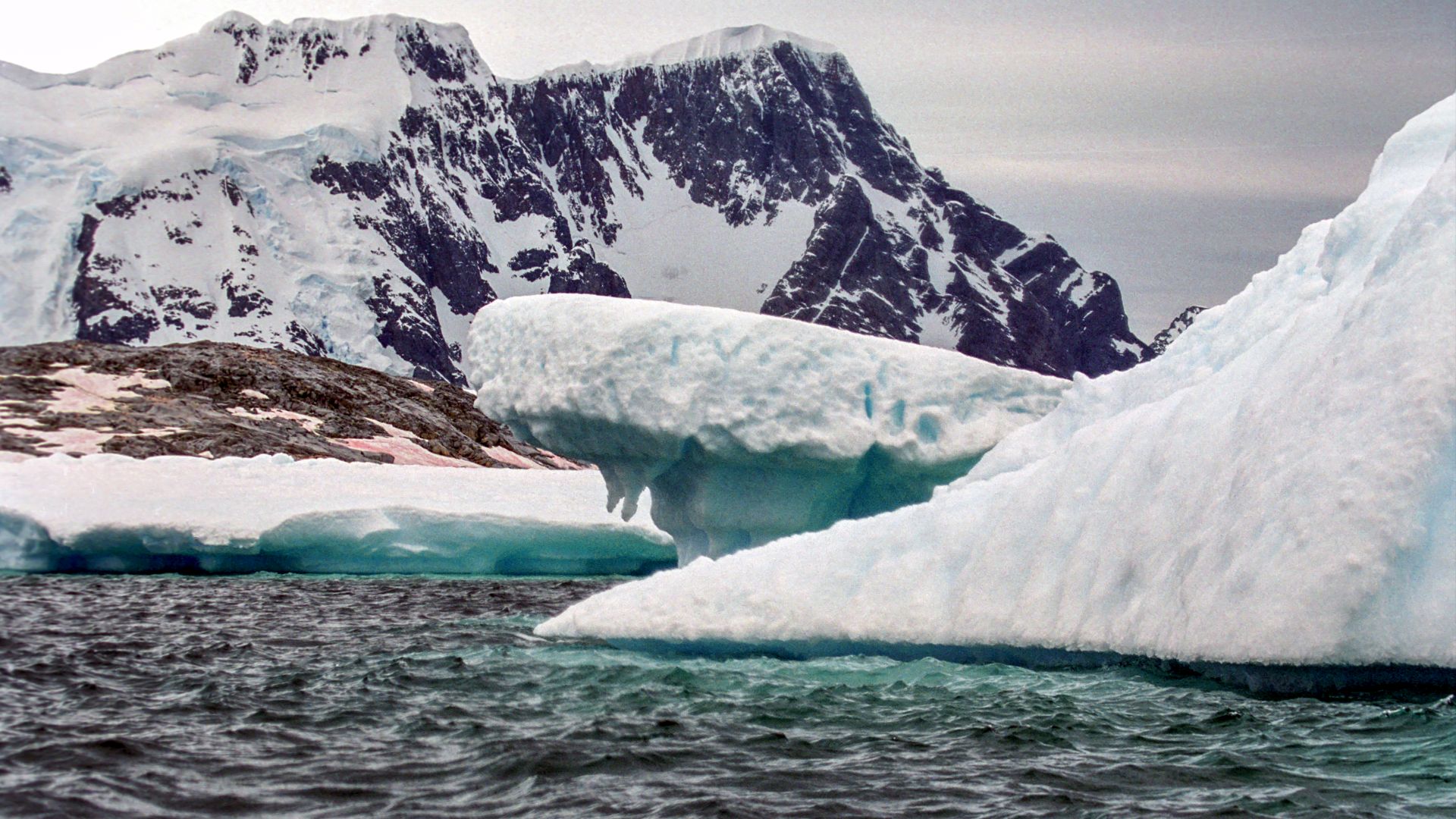 Jerzy Strzelecki, Wikimedia Commons
Jerzy Strzelecki, Wikimedia Commons
Antarctica (Cont.)
It’s the coldest, driest, and windiest place on Earth—home to scientists, not settlers. Tourists still venture south, but increasingly under strict supervision. One day, that privilege might belong only to researchers, not explorers. You might have to depend on Planet Earth or Nat Geo archives going forward.
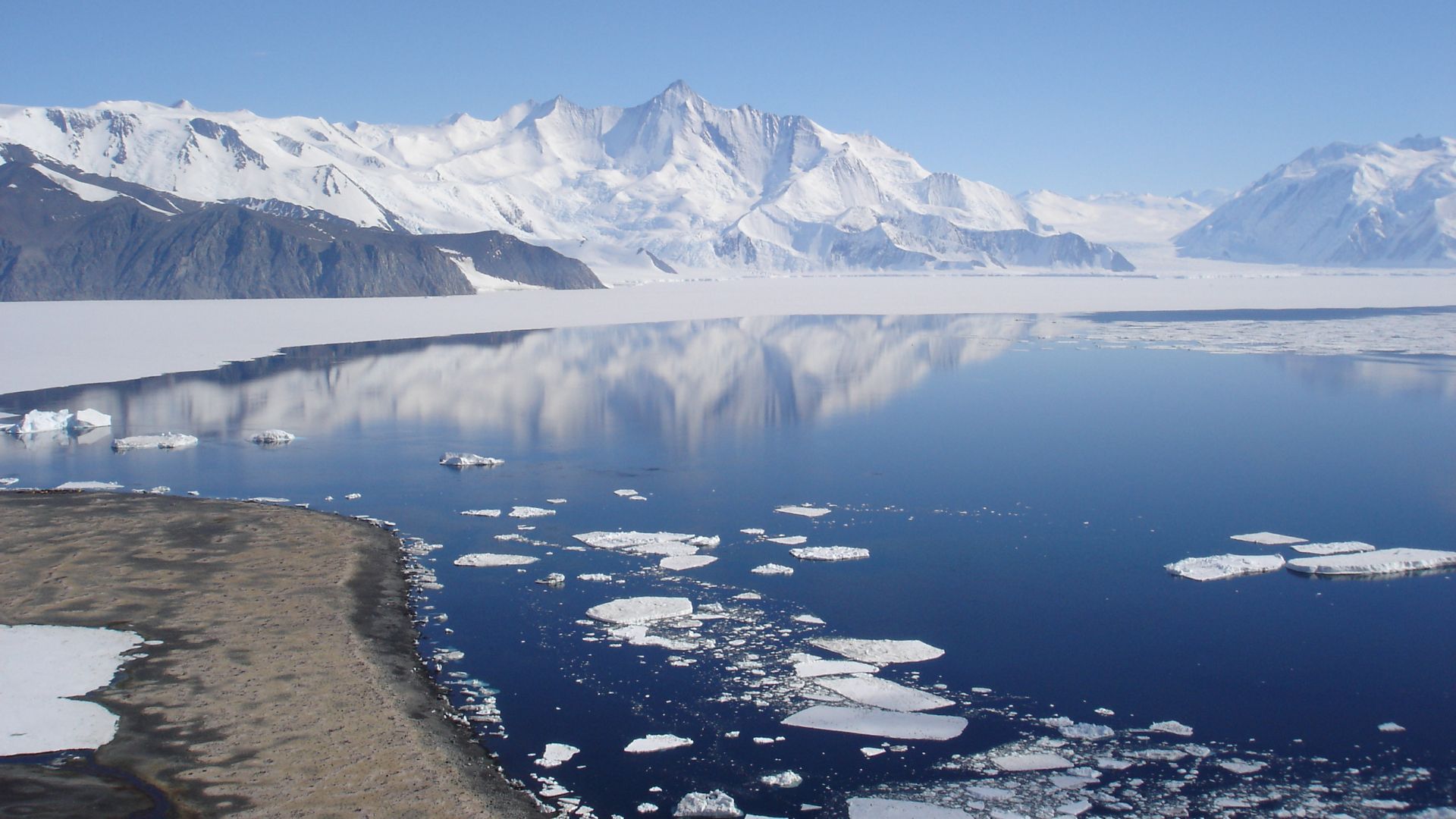 Andrew Mandemaker, Wikimedia Commons
Andrew Mandemaker, Wikimedia Commons
Maya Bay, Thailand
Famous for The Beach, Maya Bay’s fame became its downfall. After years of overcrowding, Thailand closed it entirely for ecological recovery. It now opens only in short intervals, with strict limits on daily visitors and boats.
Maya Bay, Thailand (Cont.)
Located on Koh Phi Phi Leh island, the bay still gleams like a movie scene. But only a few footprints touch these sands. Thankfully, the coral restoration and fish populations are rebounding, and this proves that sometimes beauty needs a break from being admired.
Raja Ampat, Indonesia
The “Amazon of the Seas” is getting picky about its guests. Raja Ampat now enforces strict visitor quotas and a conservation fee to protect its unmatched marine diversity. The coral gardens and turquoise waters depend on it to survive.
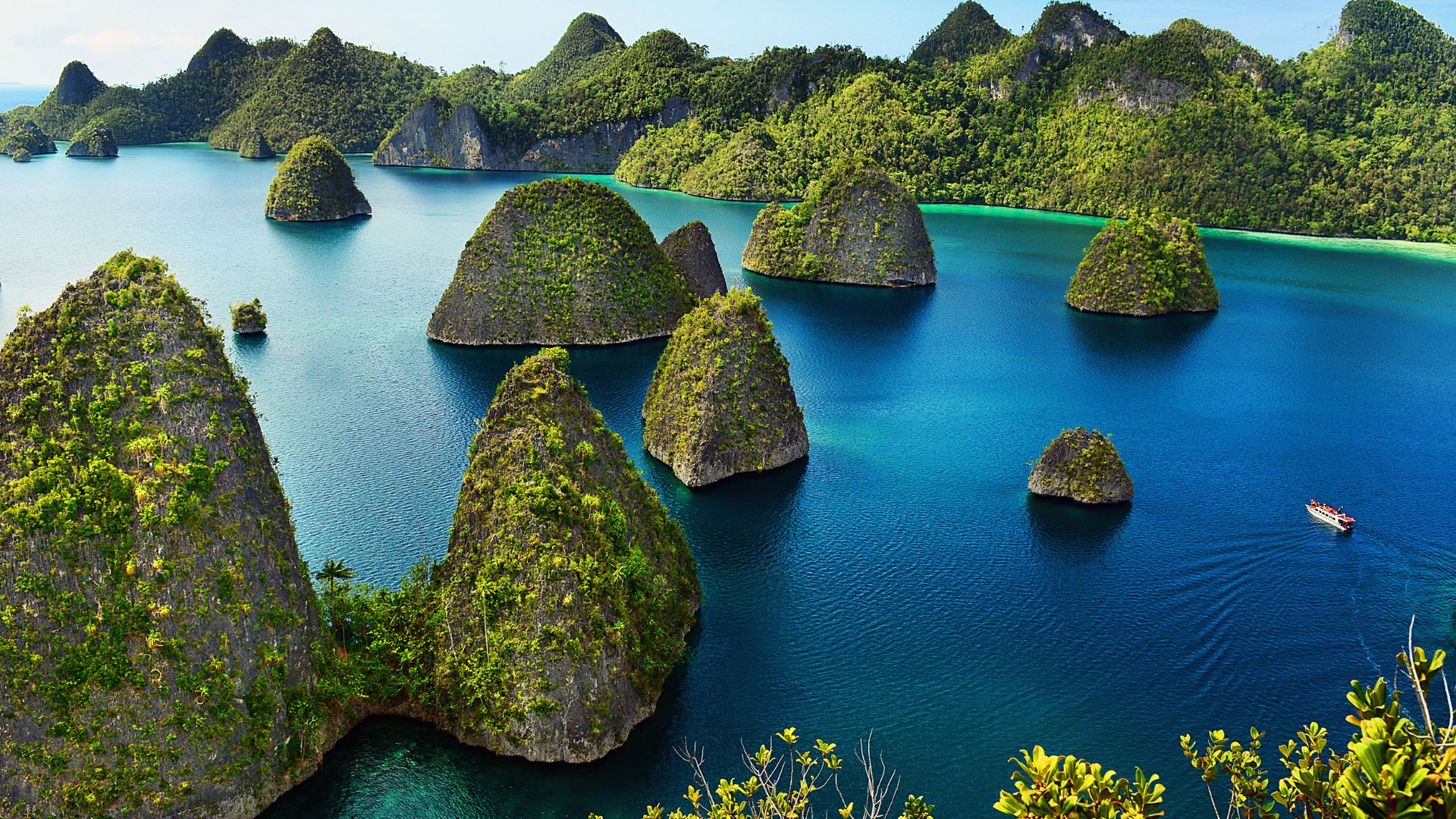 I Made Adi Dharmawam, Wikimedia Commons
I Made Adi Dharmawam, Wikimedia Commons
Raja Ampat, Indonesia (Cont.)
More than 1,500 islands and islets form this remote paradise, home to countless species found nowhere else. Travelers can still dive among manta rays and reef sharks—but only after paying up and signing in to strict environmental agreements. Caught on the wrong side of things, and you’ll pay dearly!
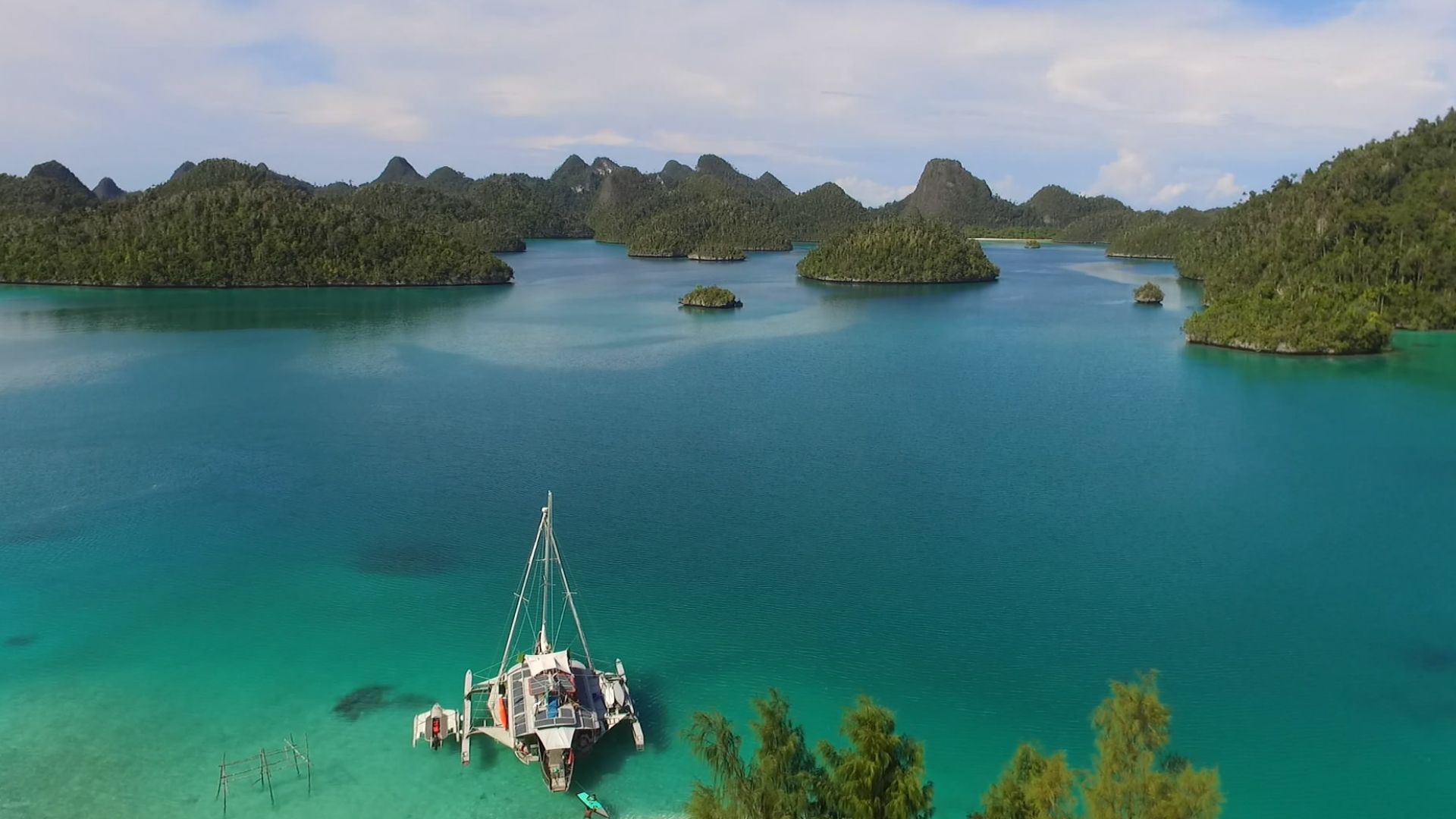 Raja Ampat Boat Trip, Wikimedia Commons
Raja Ampat Boat Trip, Wikimedia Commons
Easter Island, Chile
Few places are as isolated—or as protected—as Easter Island. Visitor numbers are capped, and tourists must apply for special entry permits. The rules are meant to safeguard the moai statues and prevent further erosion of the island’s fragile terrain.
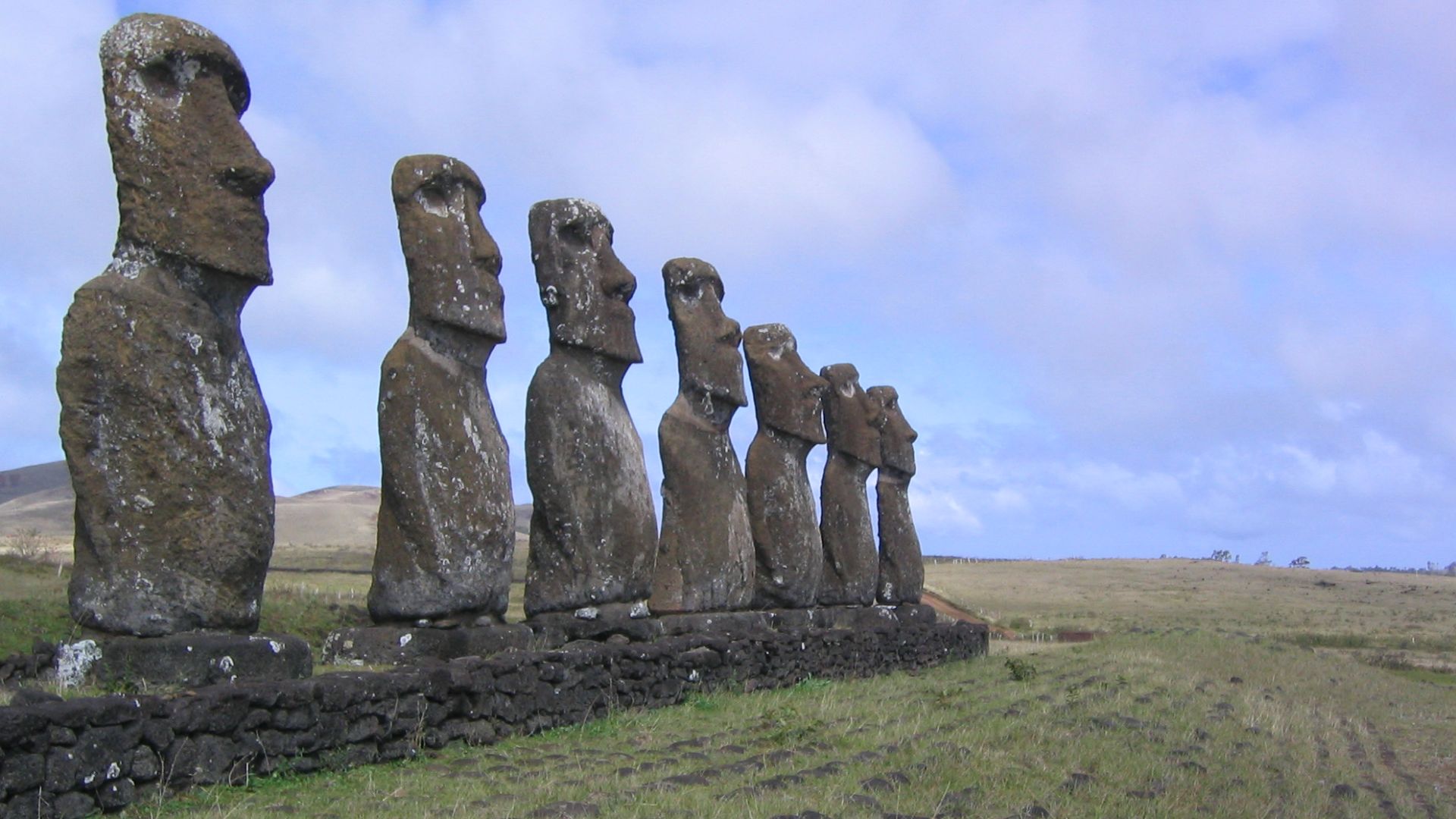 Phil Whitehouse from London, United Kingdom, Wikimedia Commons
Phil Whitehouse from London, United Kingdom, Wikimedia Commons
Easter Island, Chile (Cont.)
The island sits over 2,000 miles from South America, making it one of Earth’s most remote communities. While visitors can still wander among the towering moai, they can only do so under close watch to ensure the ancient guardians stand tall for centuries to come.
 TravelingOtter, Wikimedia Commons
TravelingOtter, Wikimedia Commons

